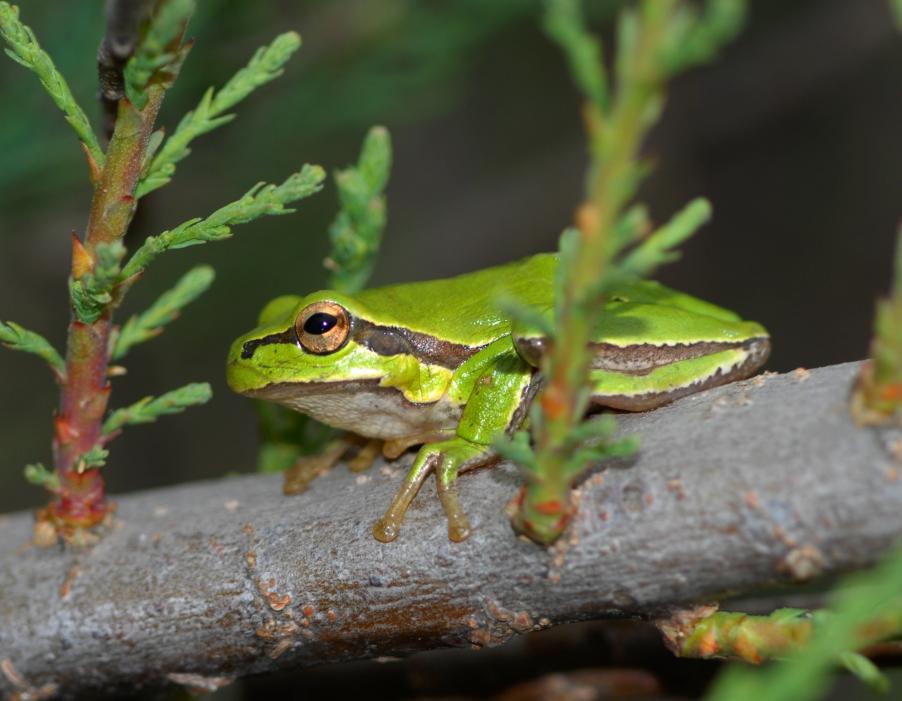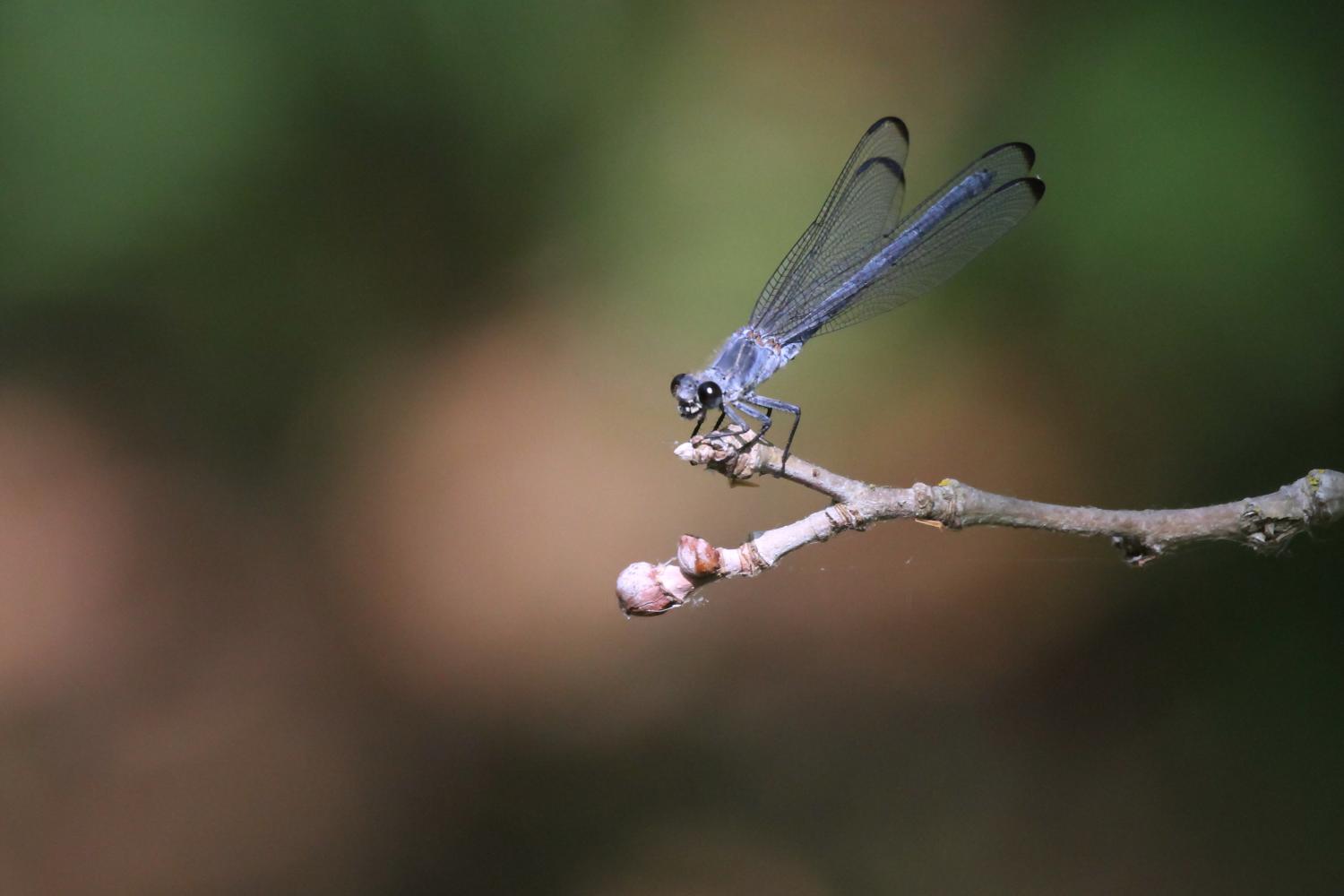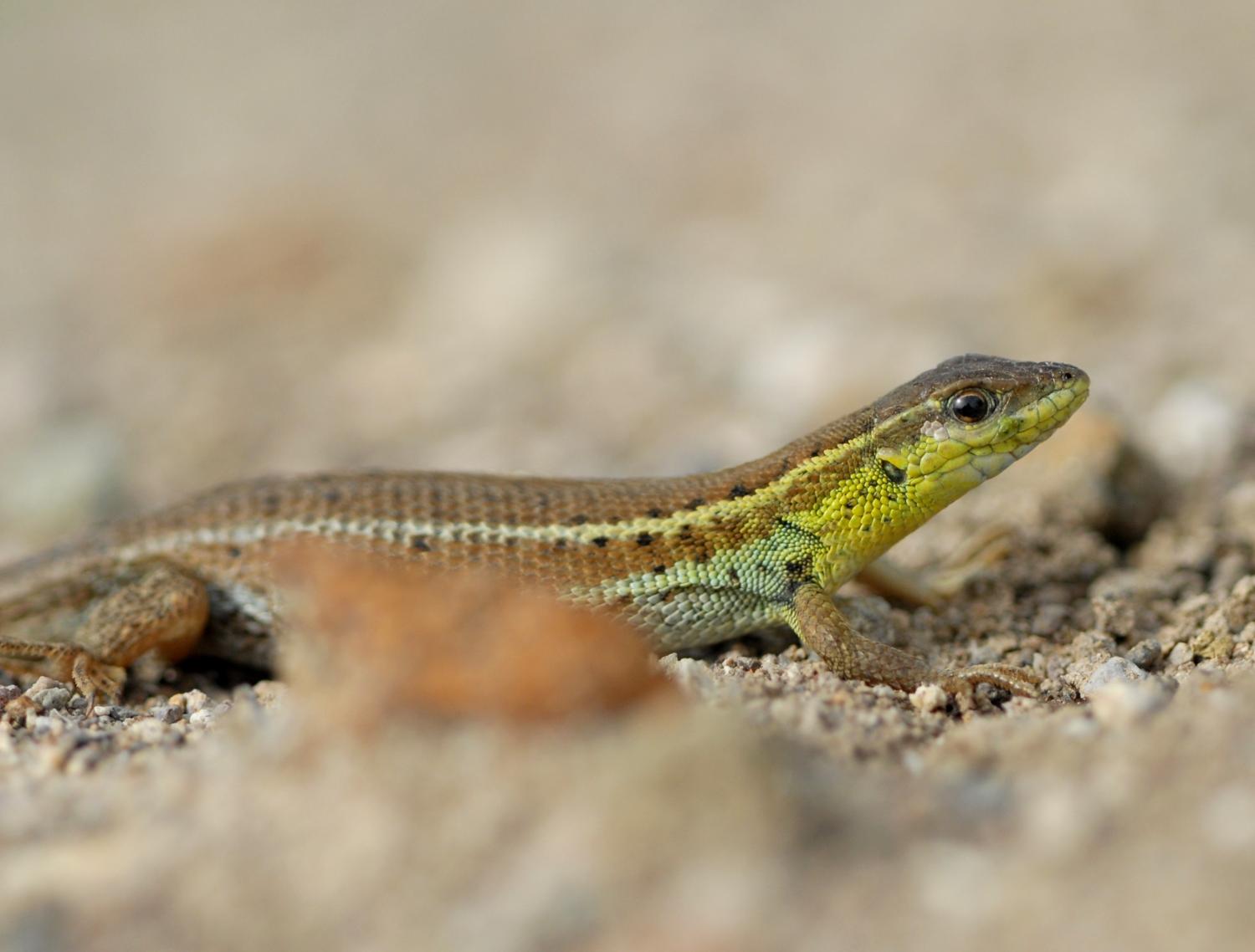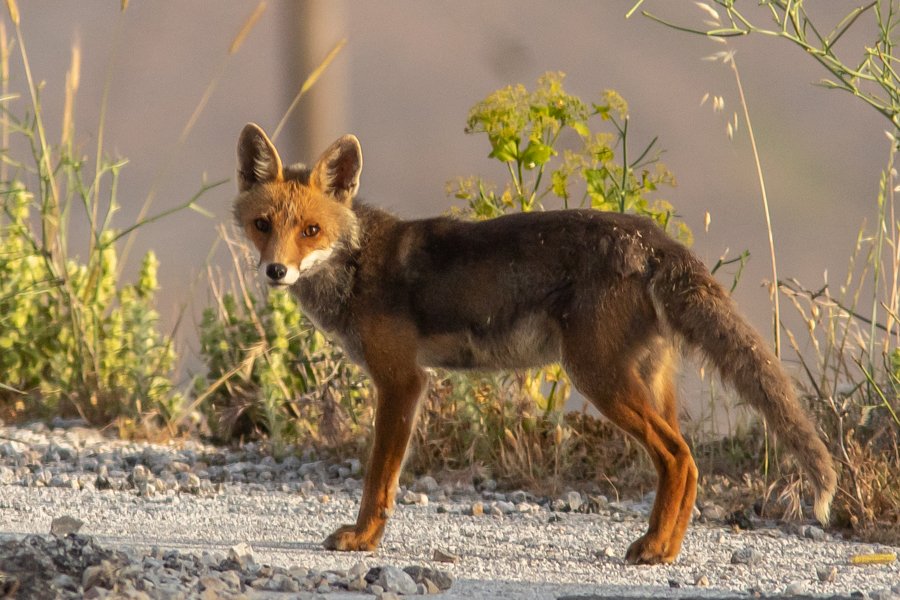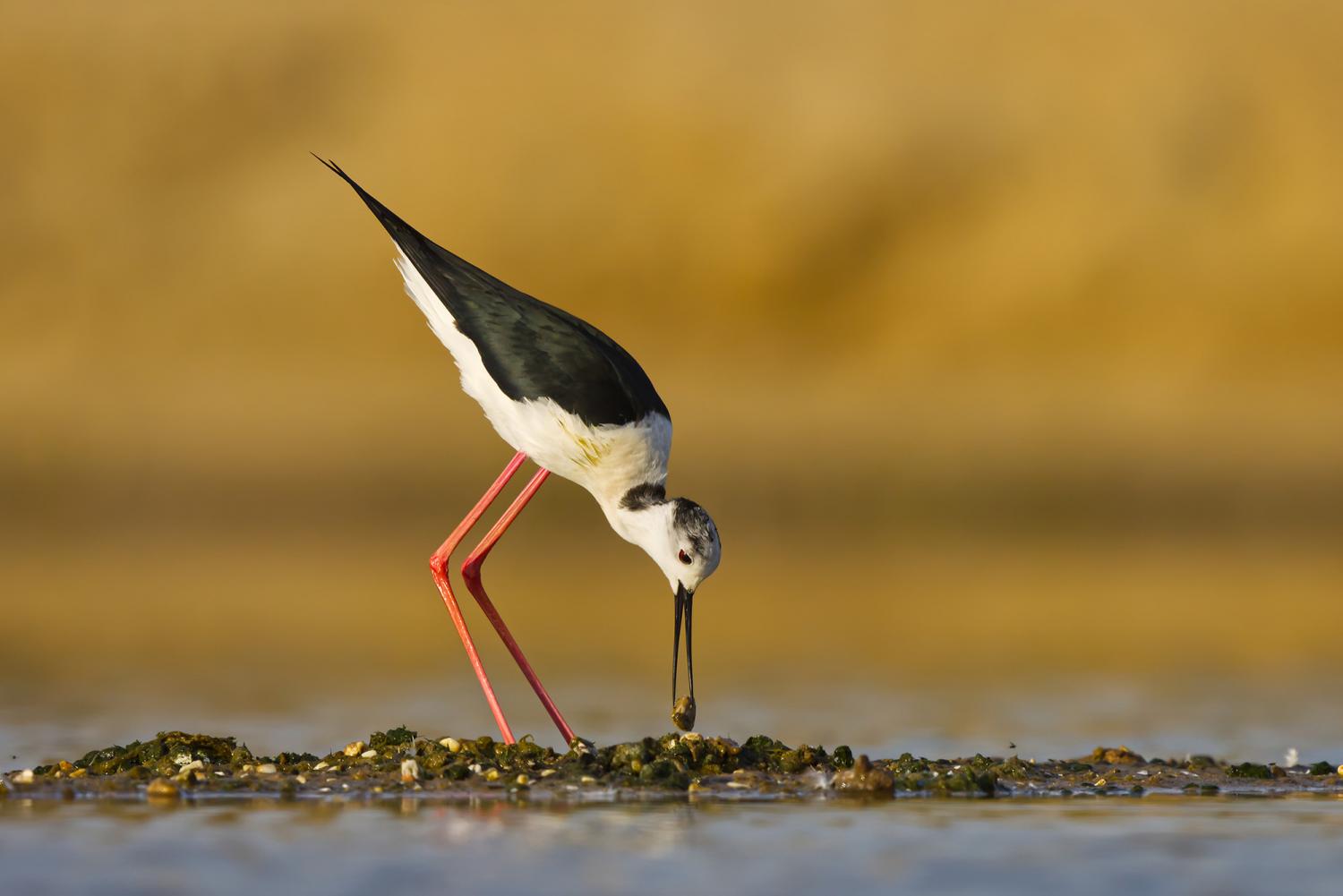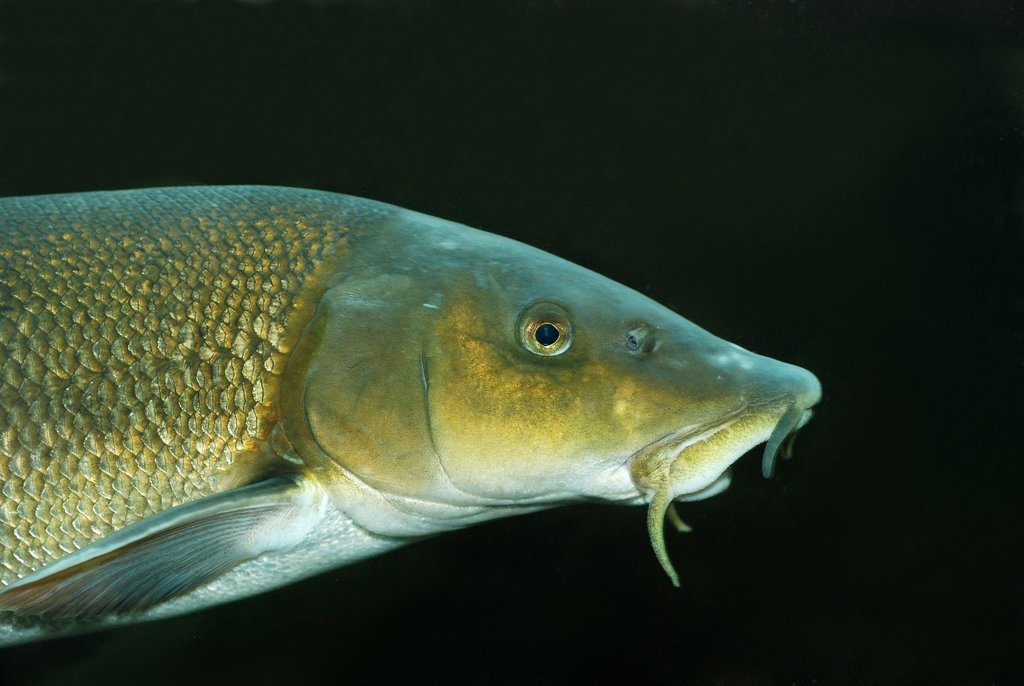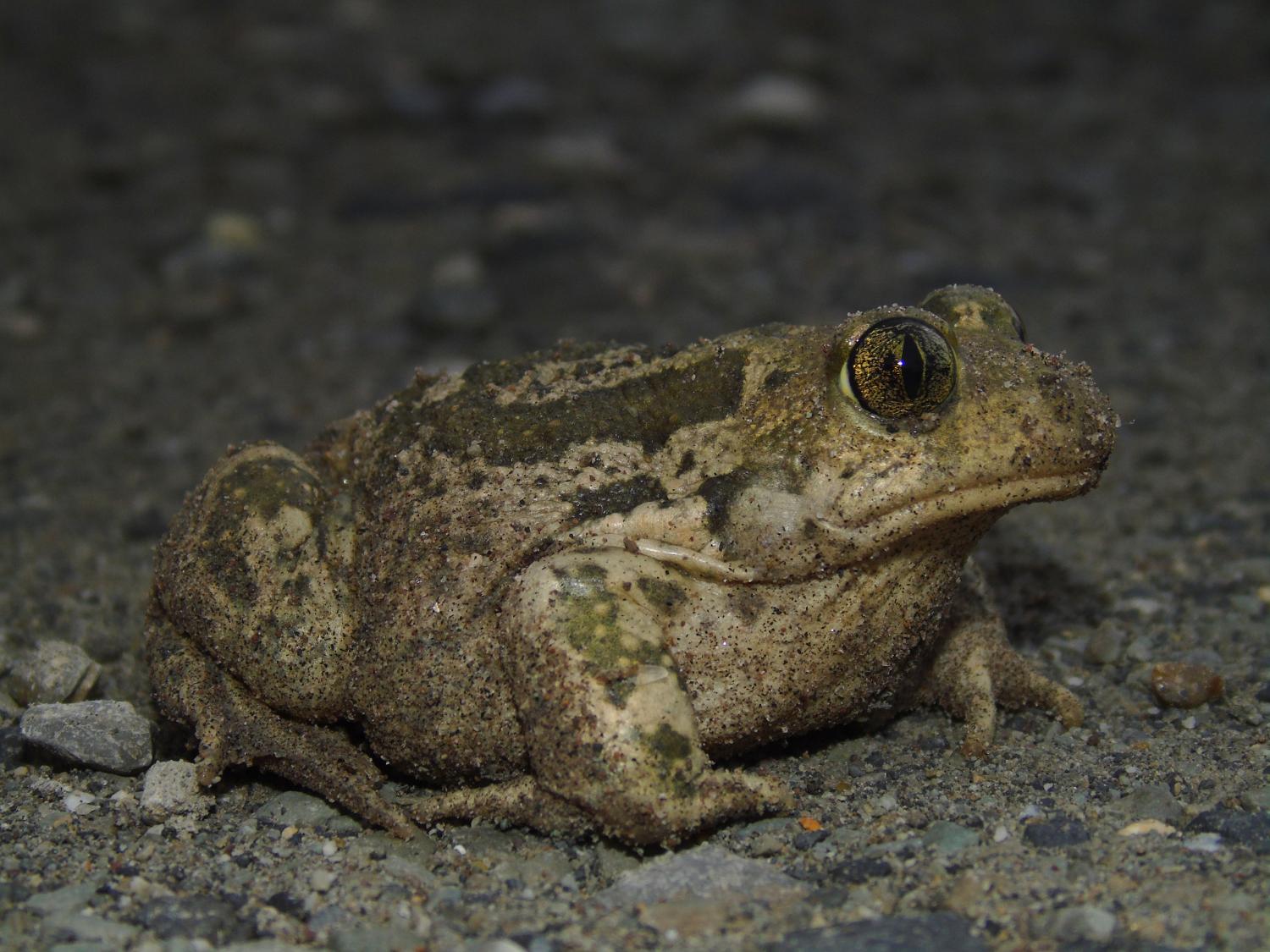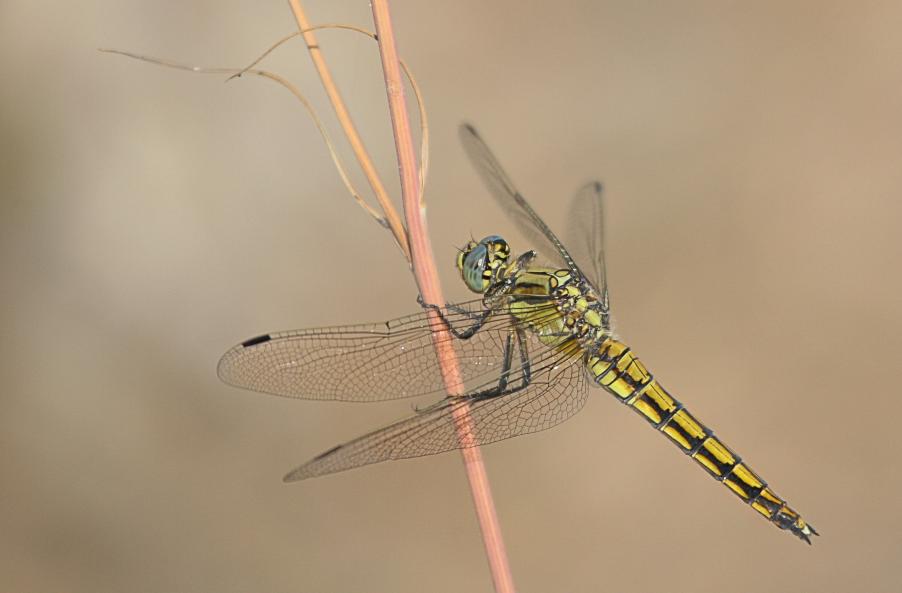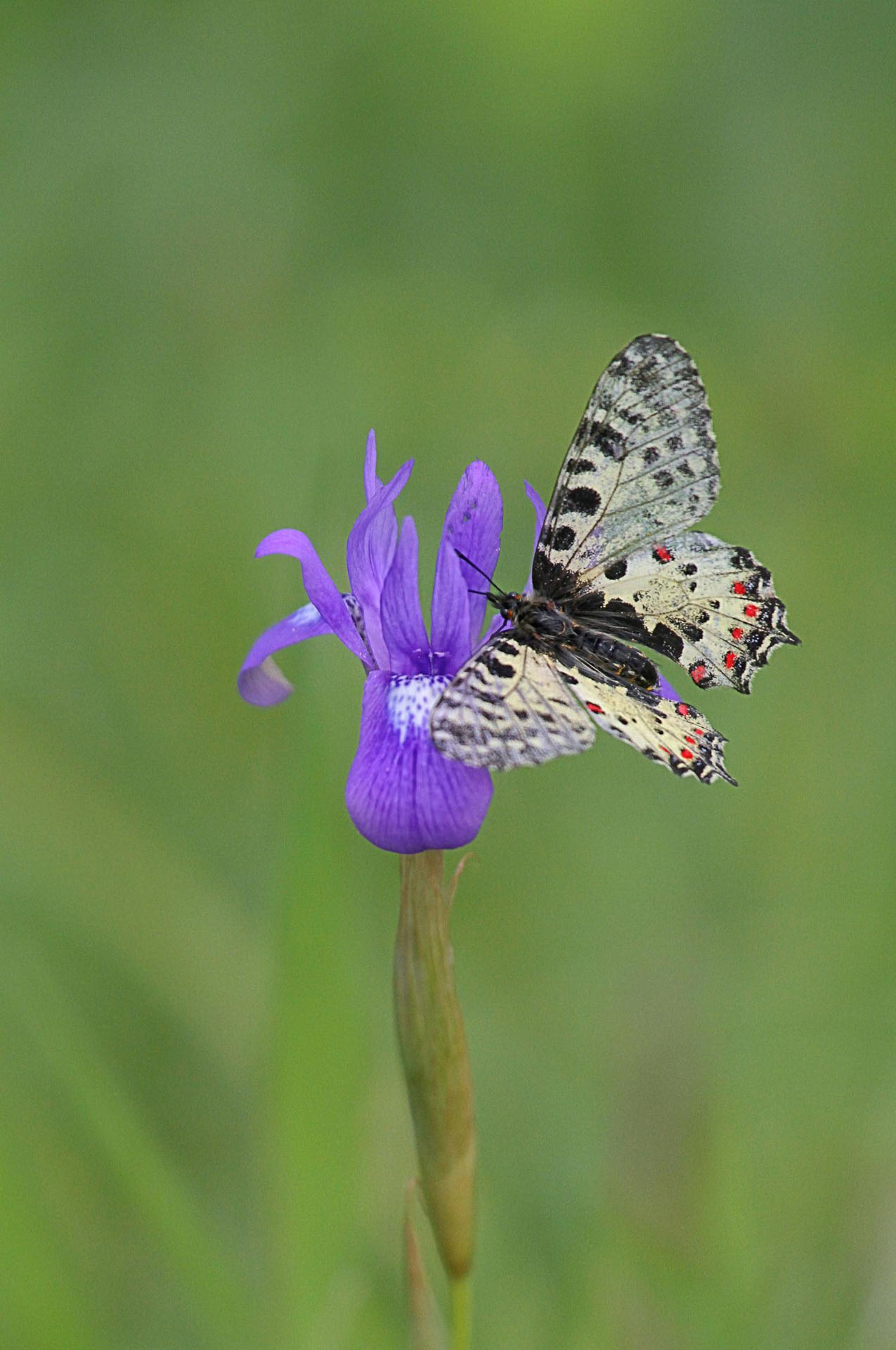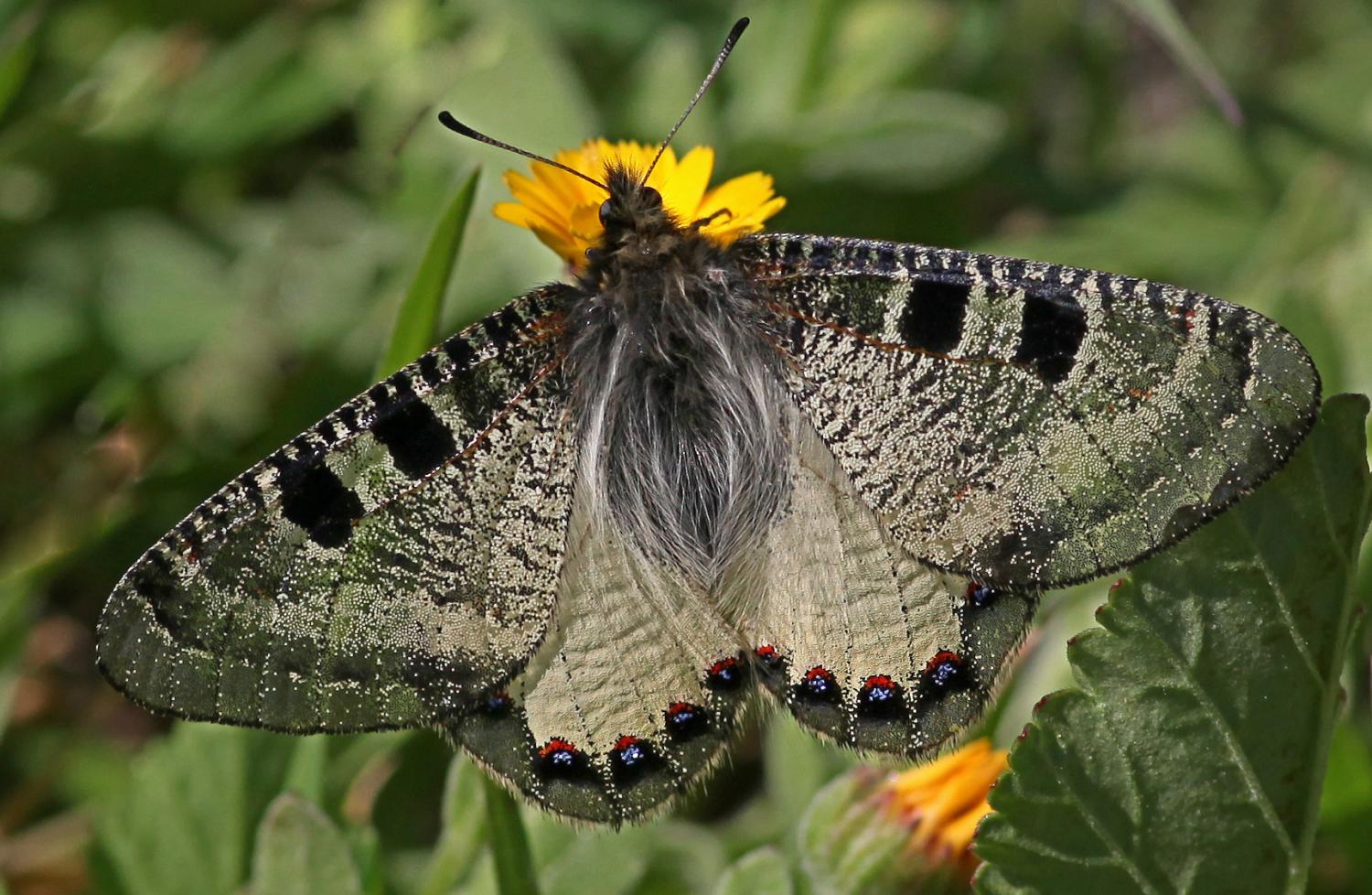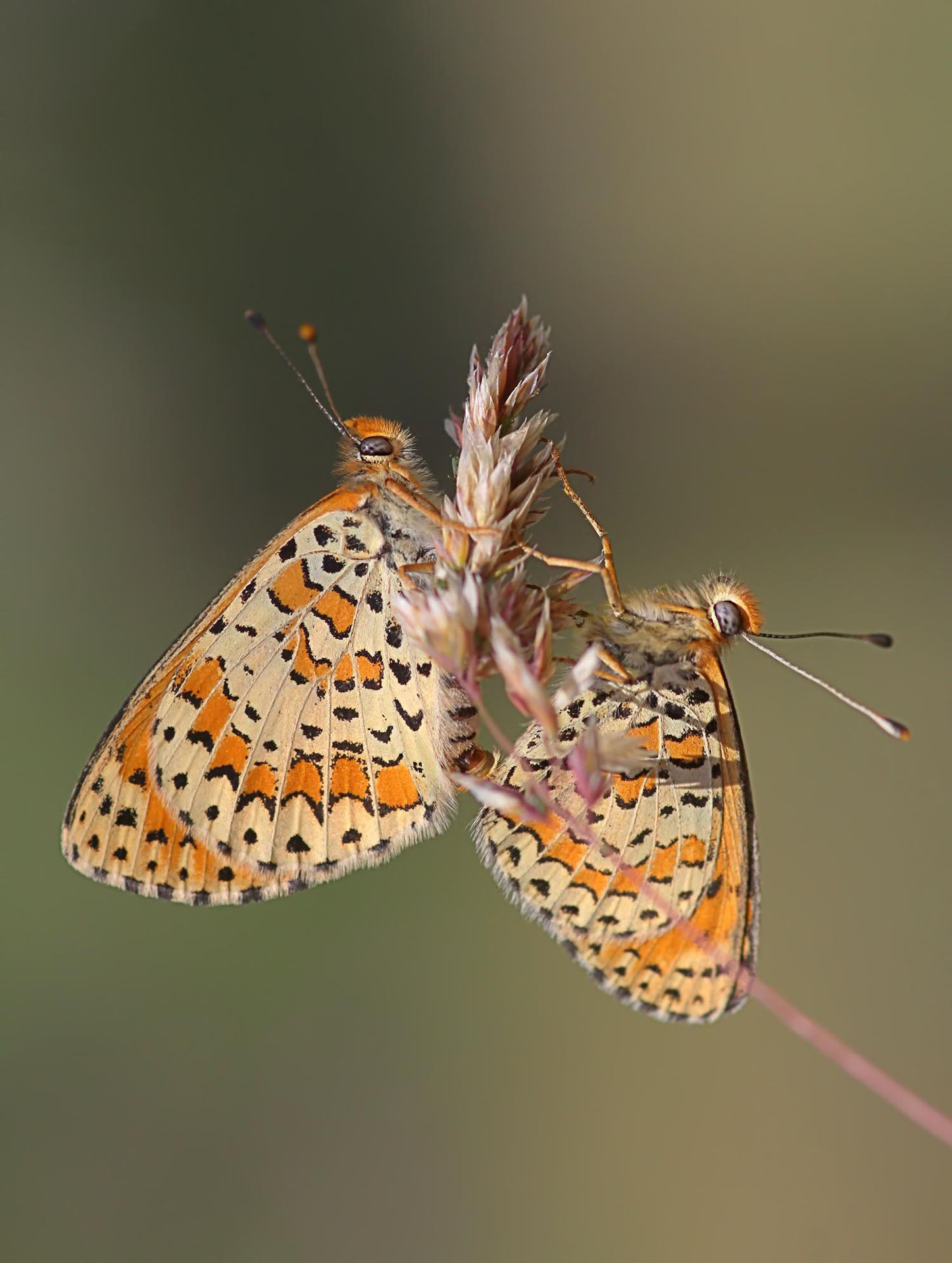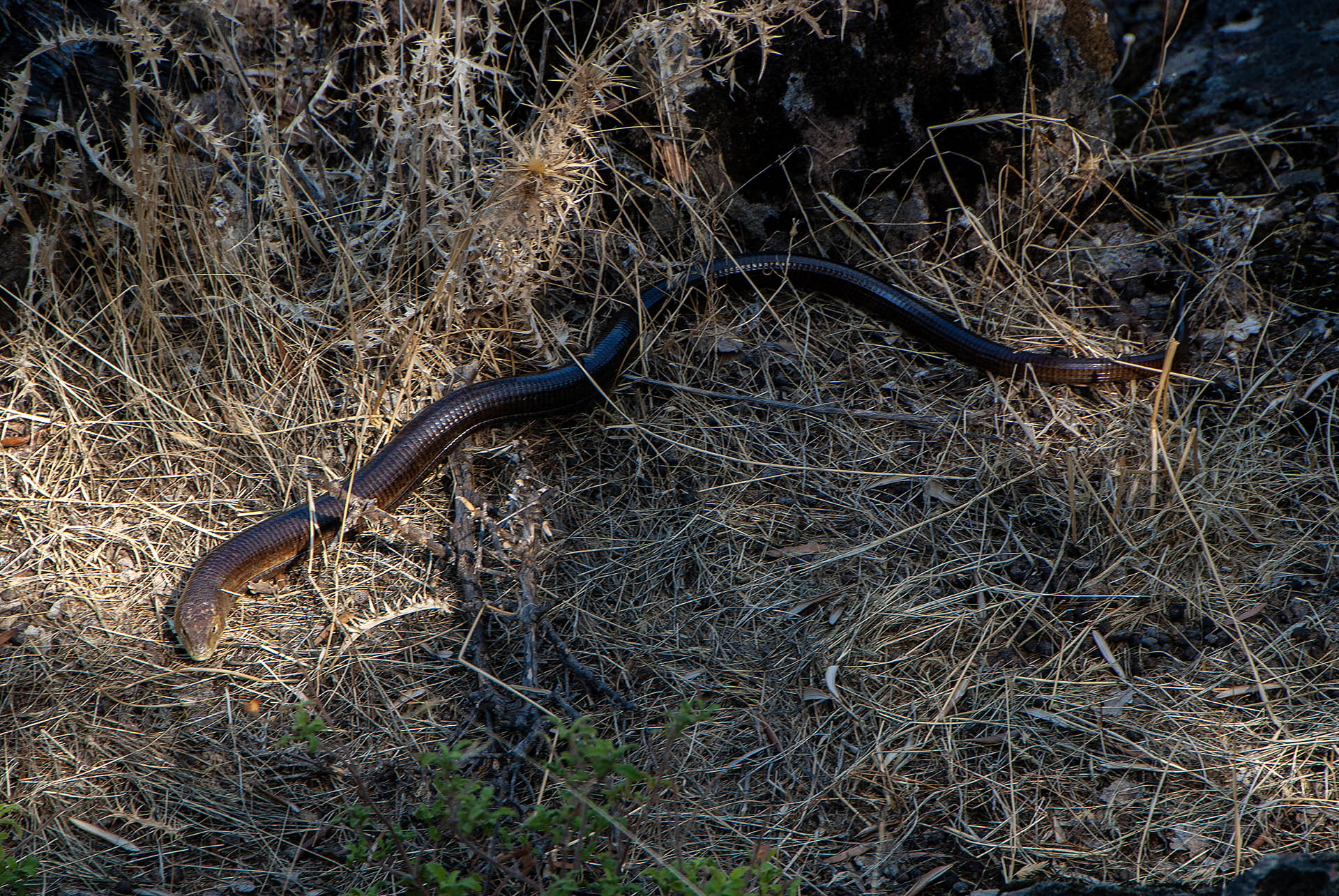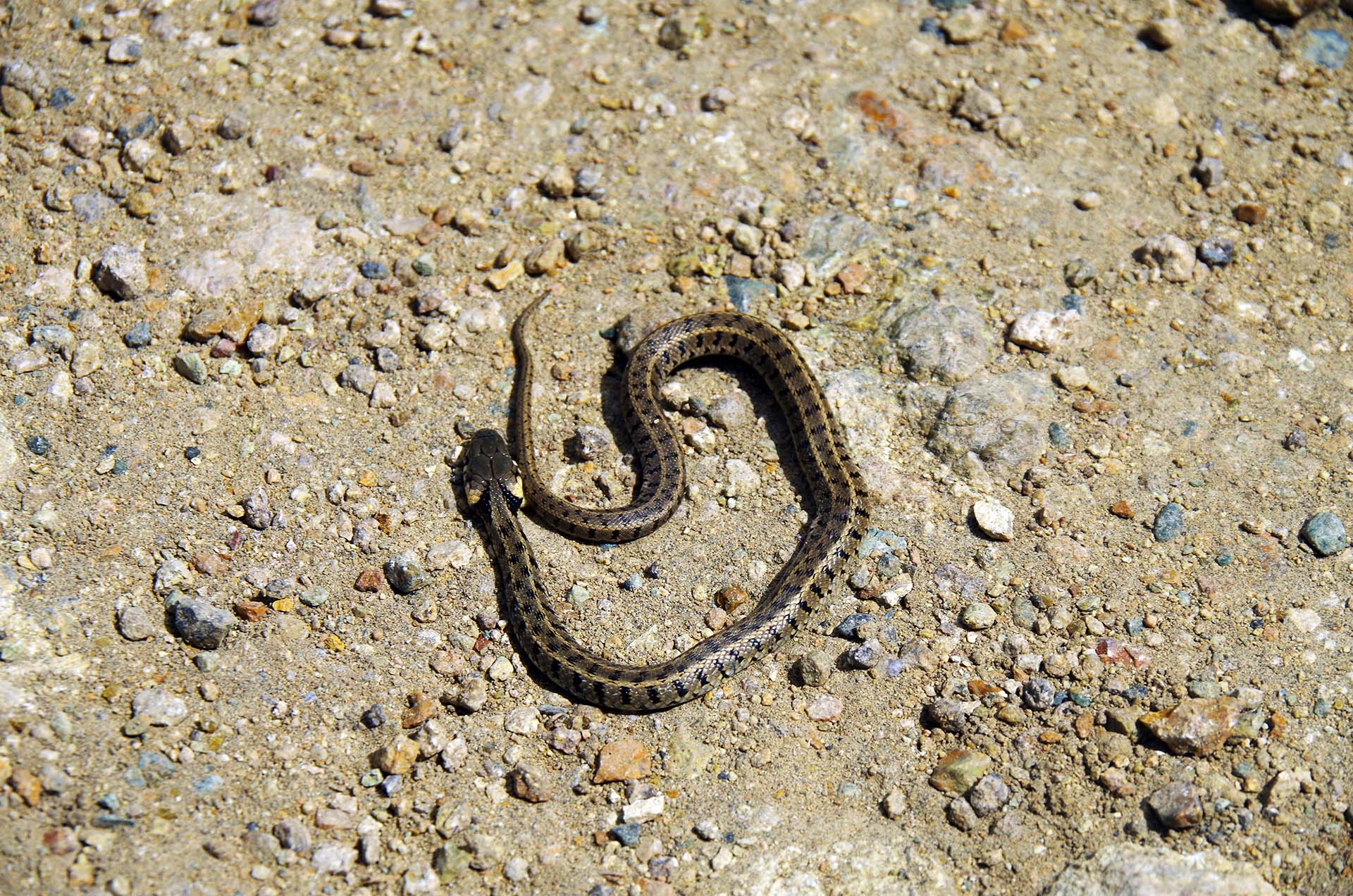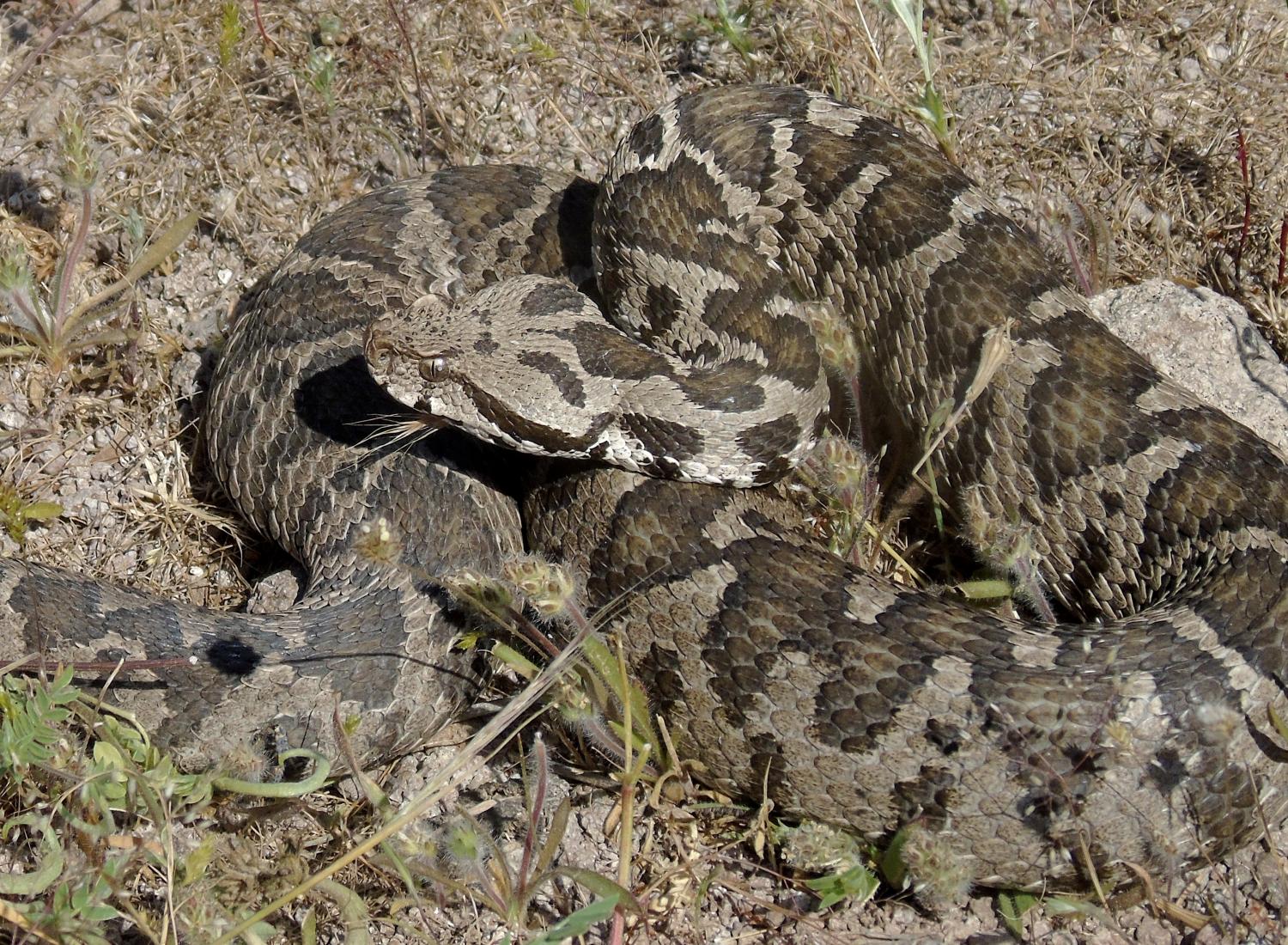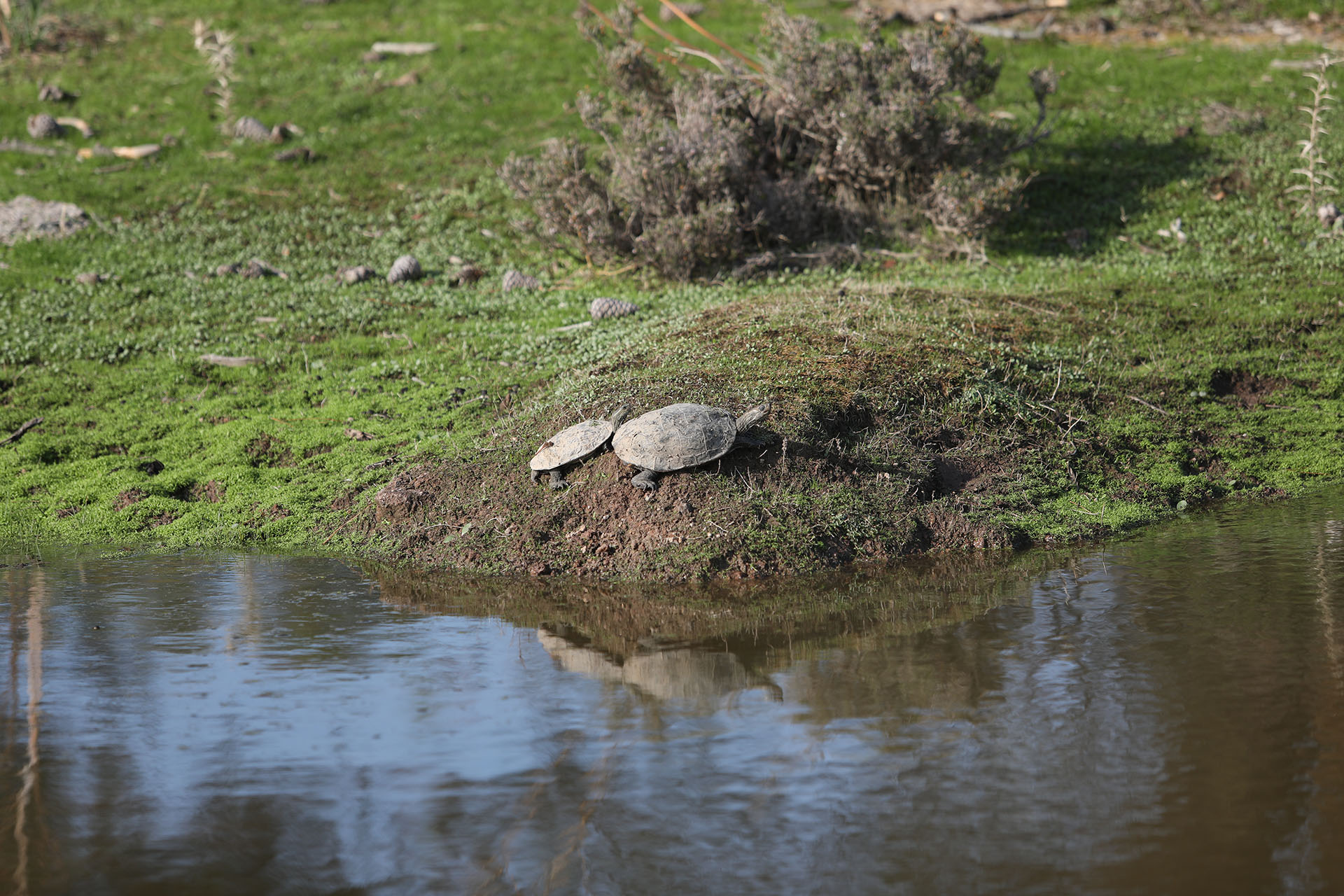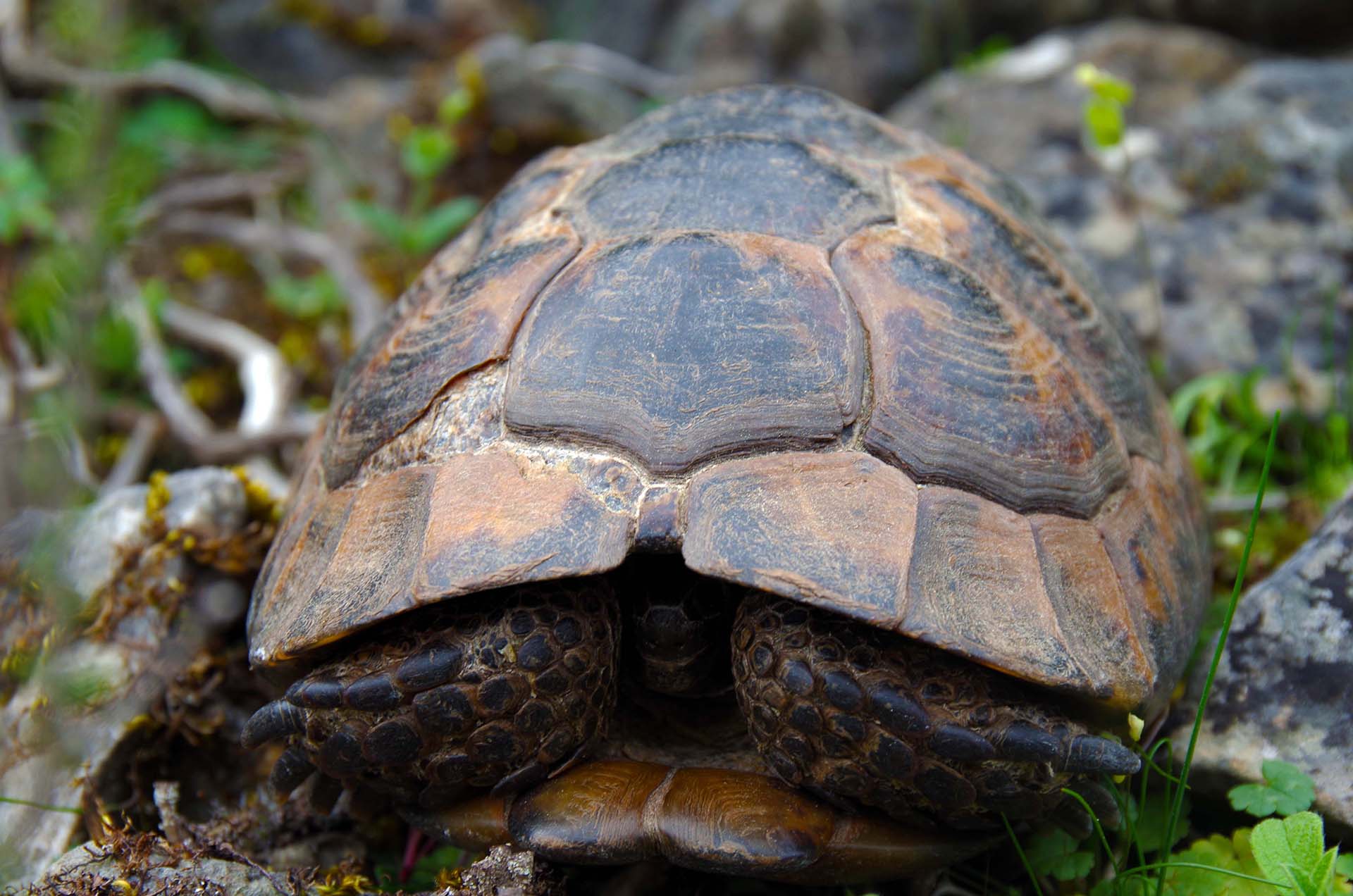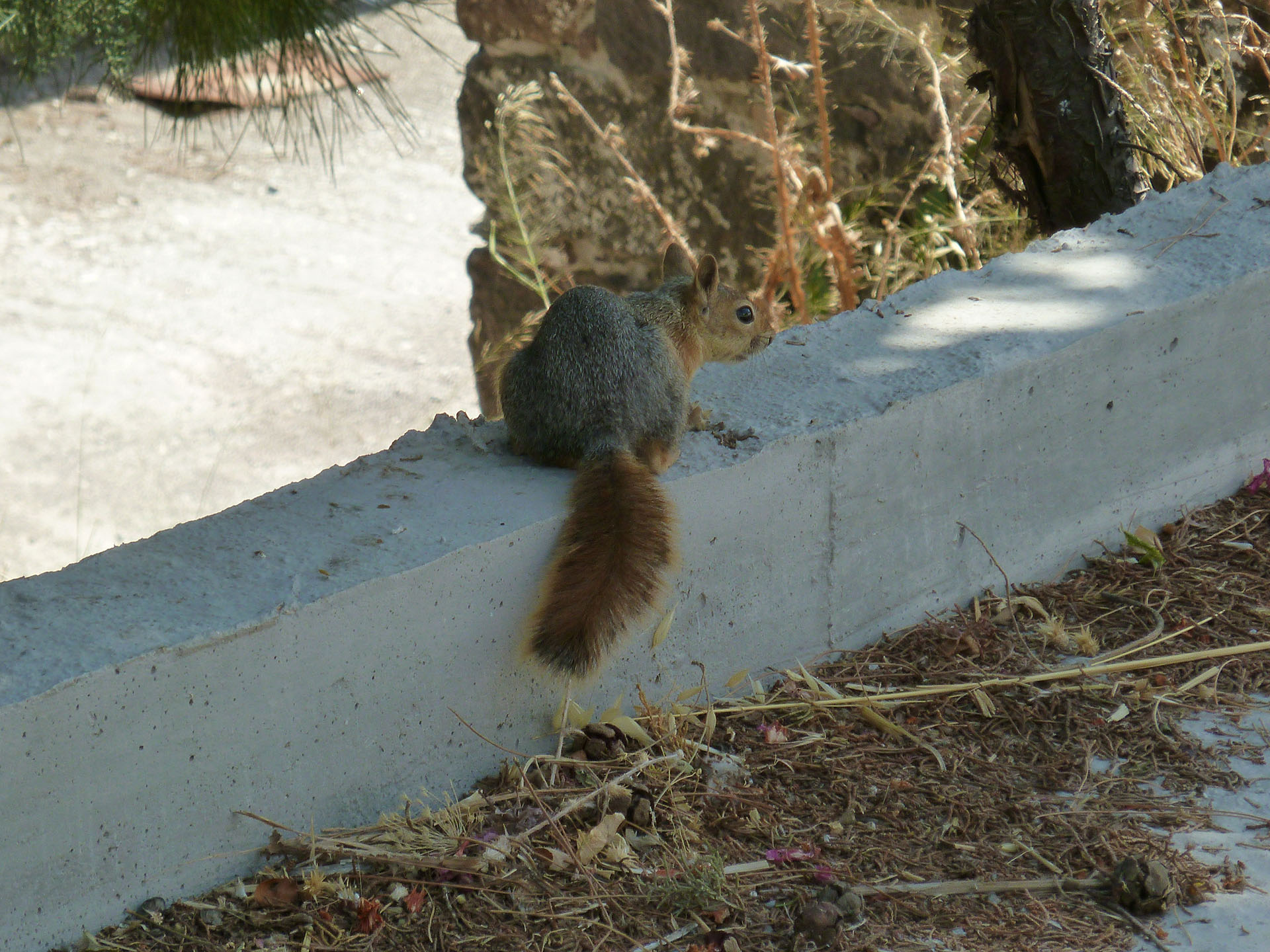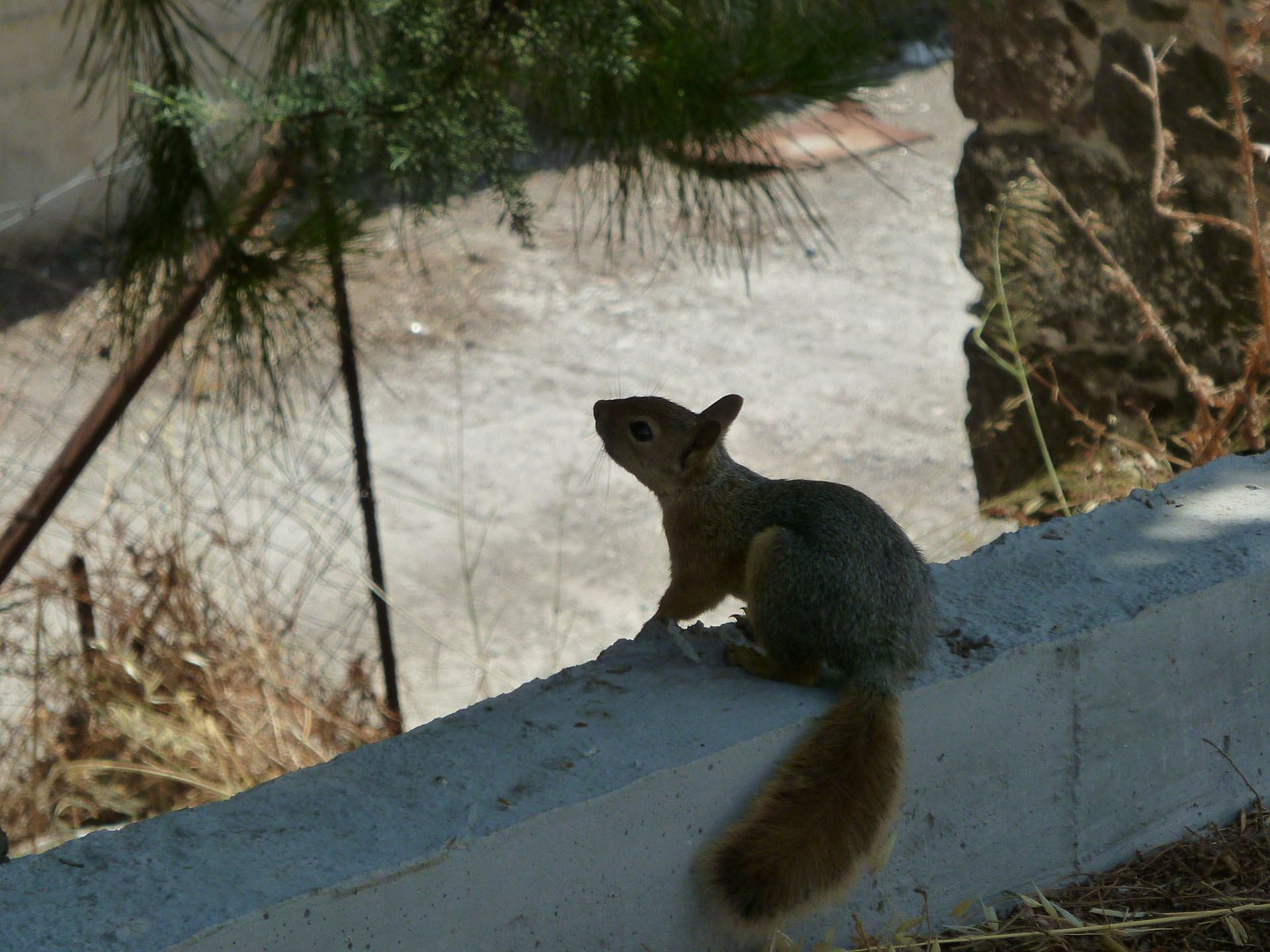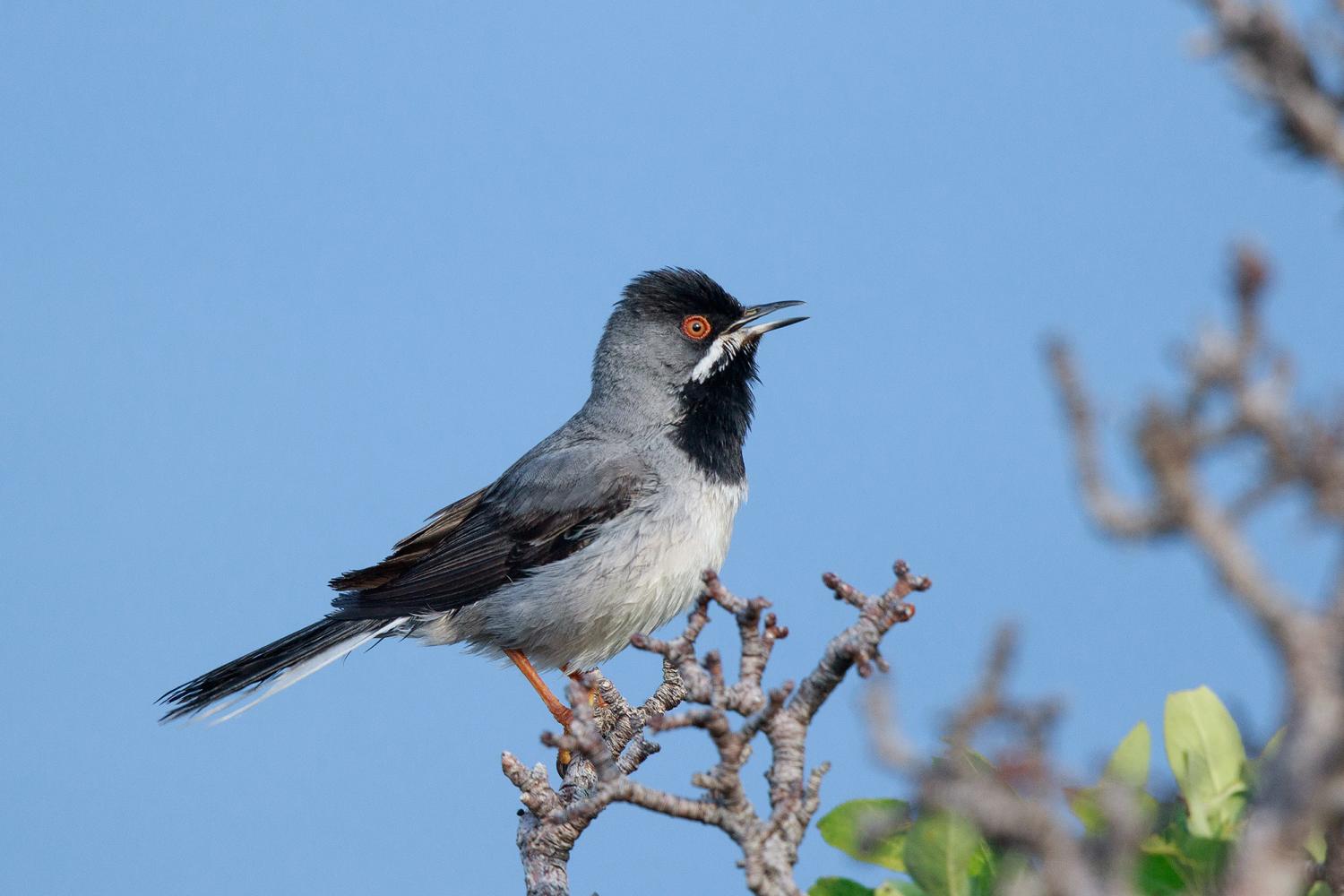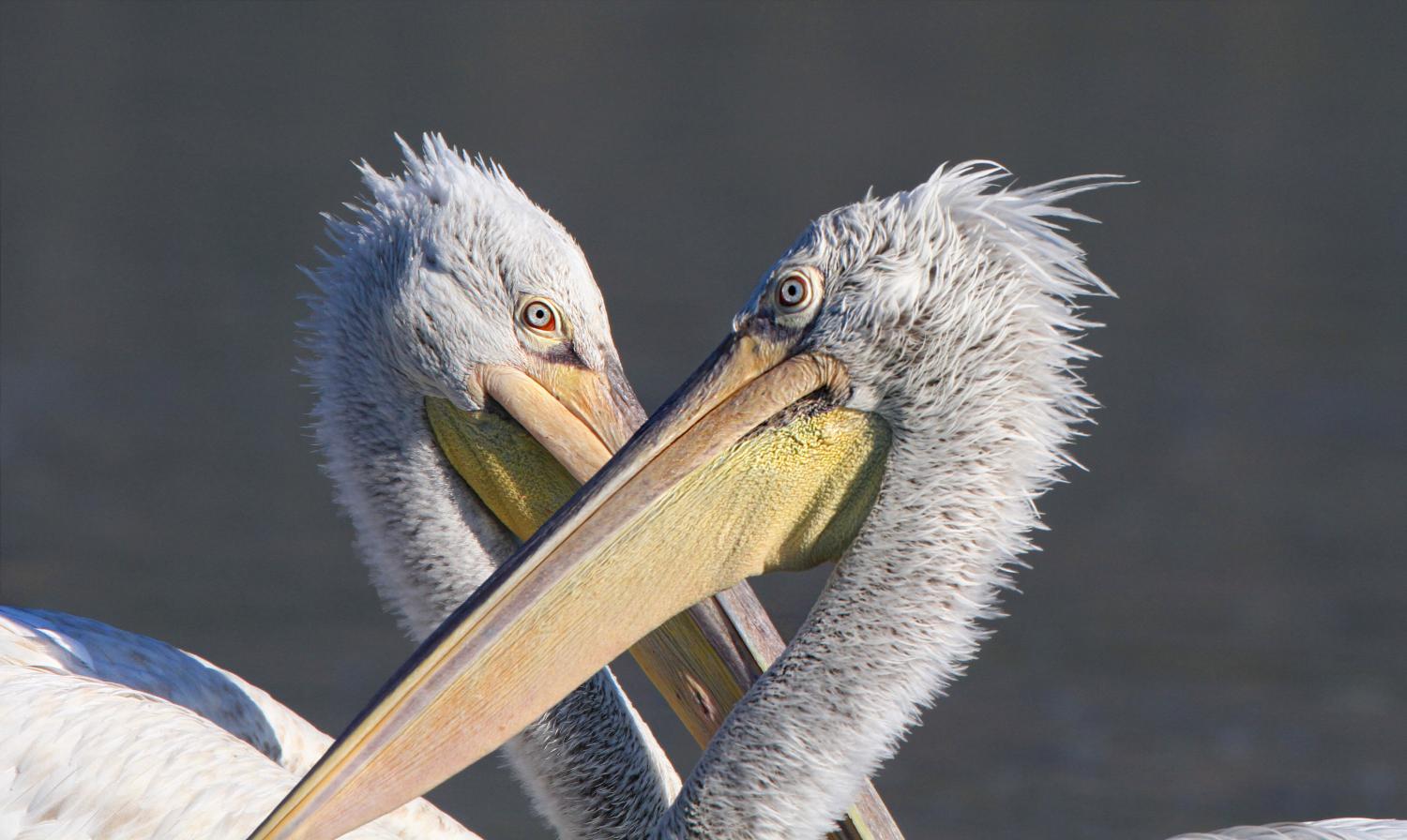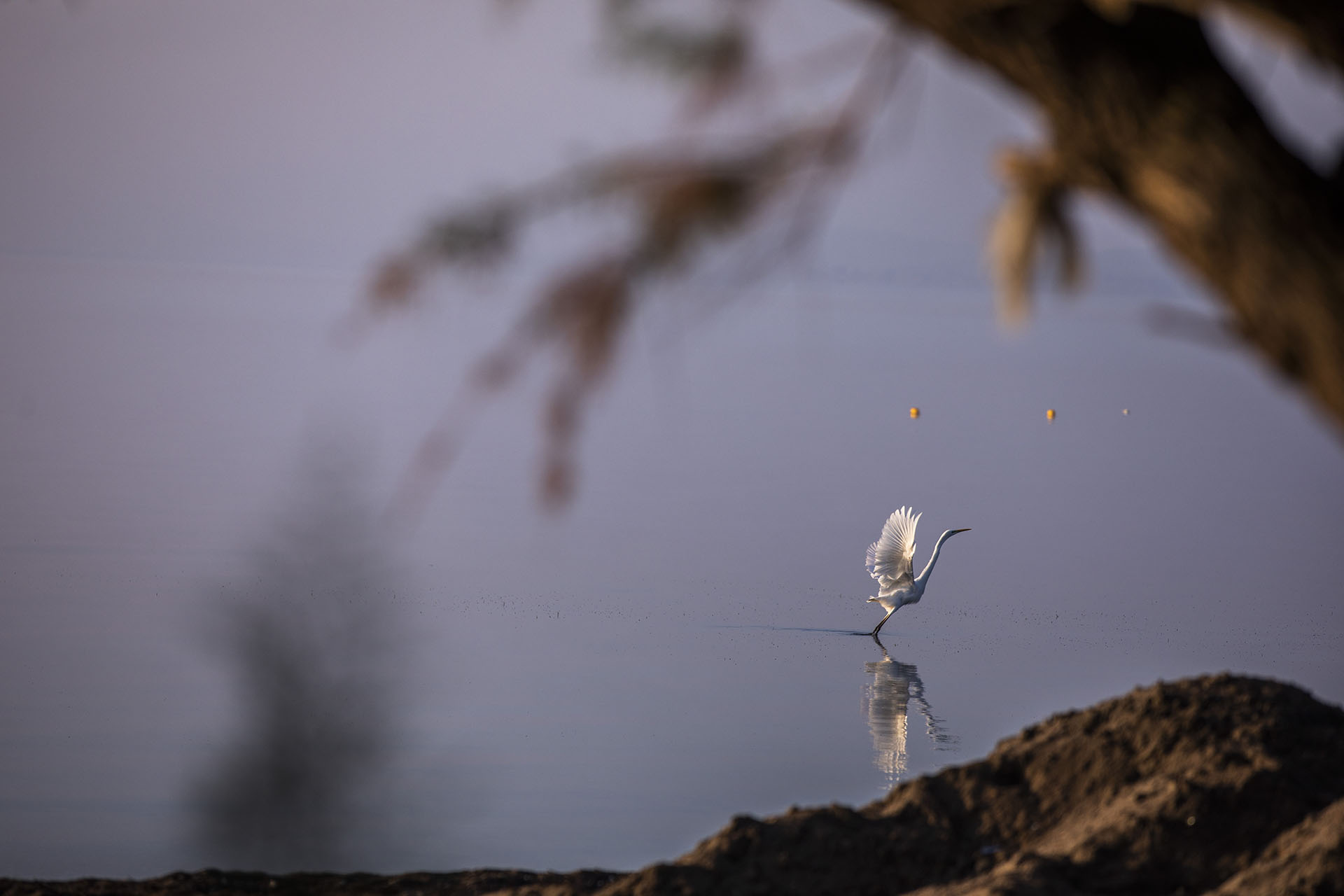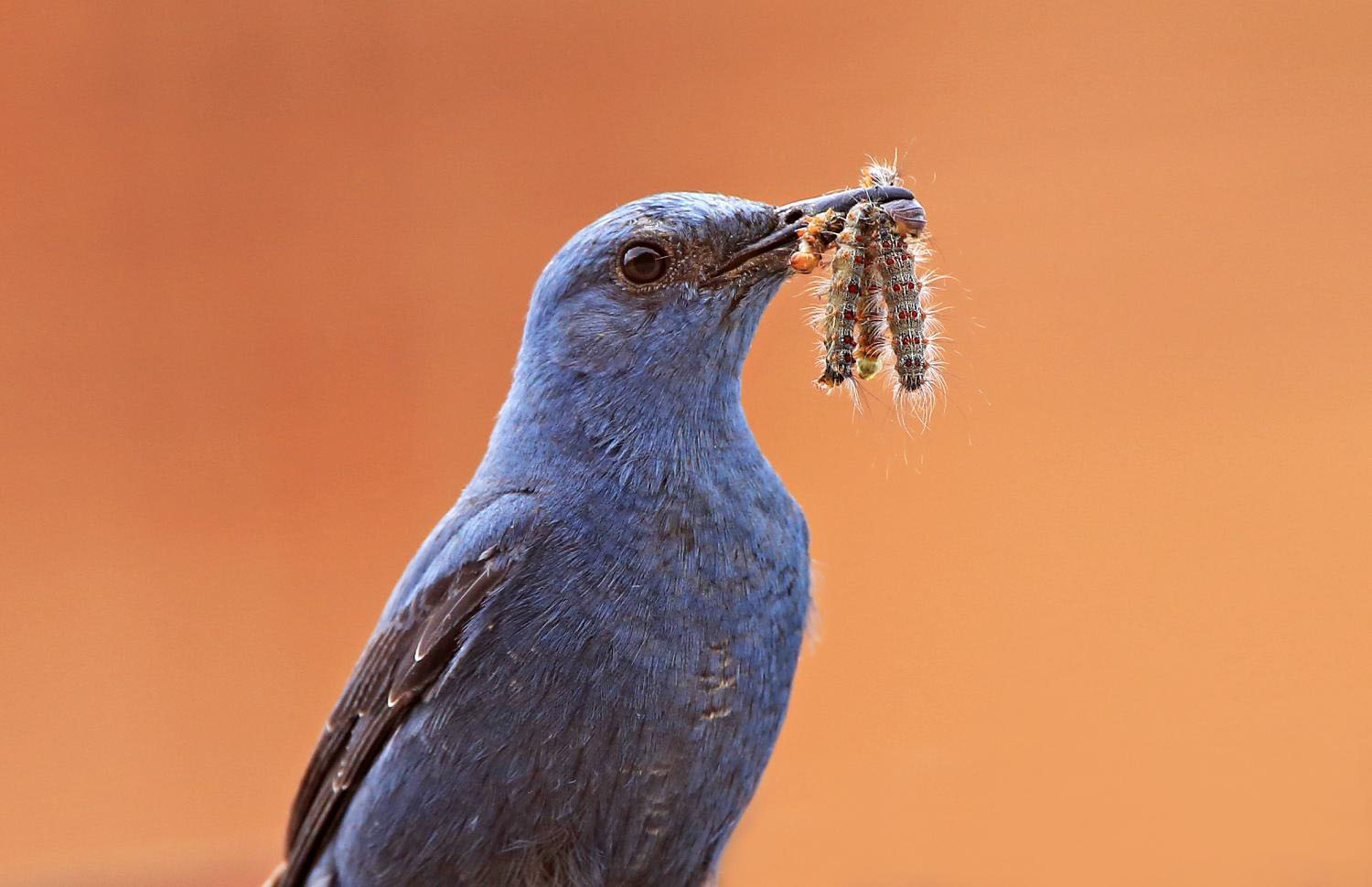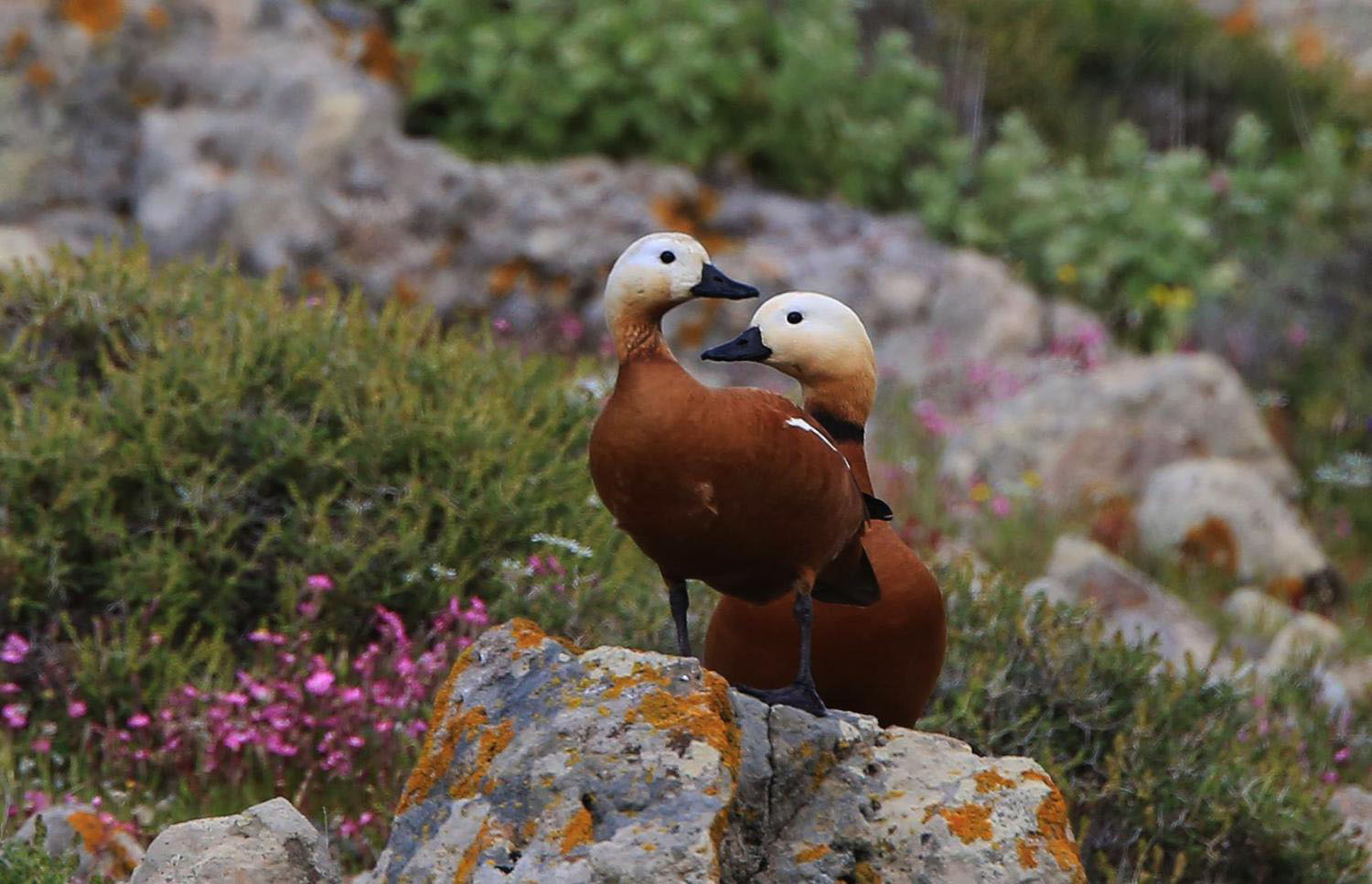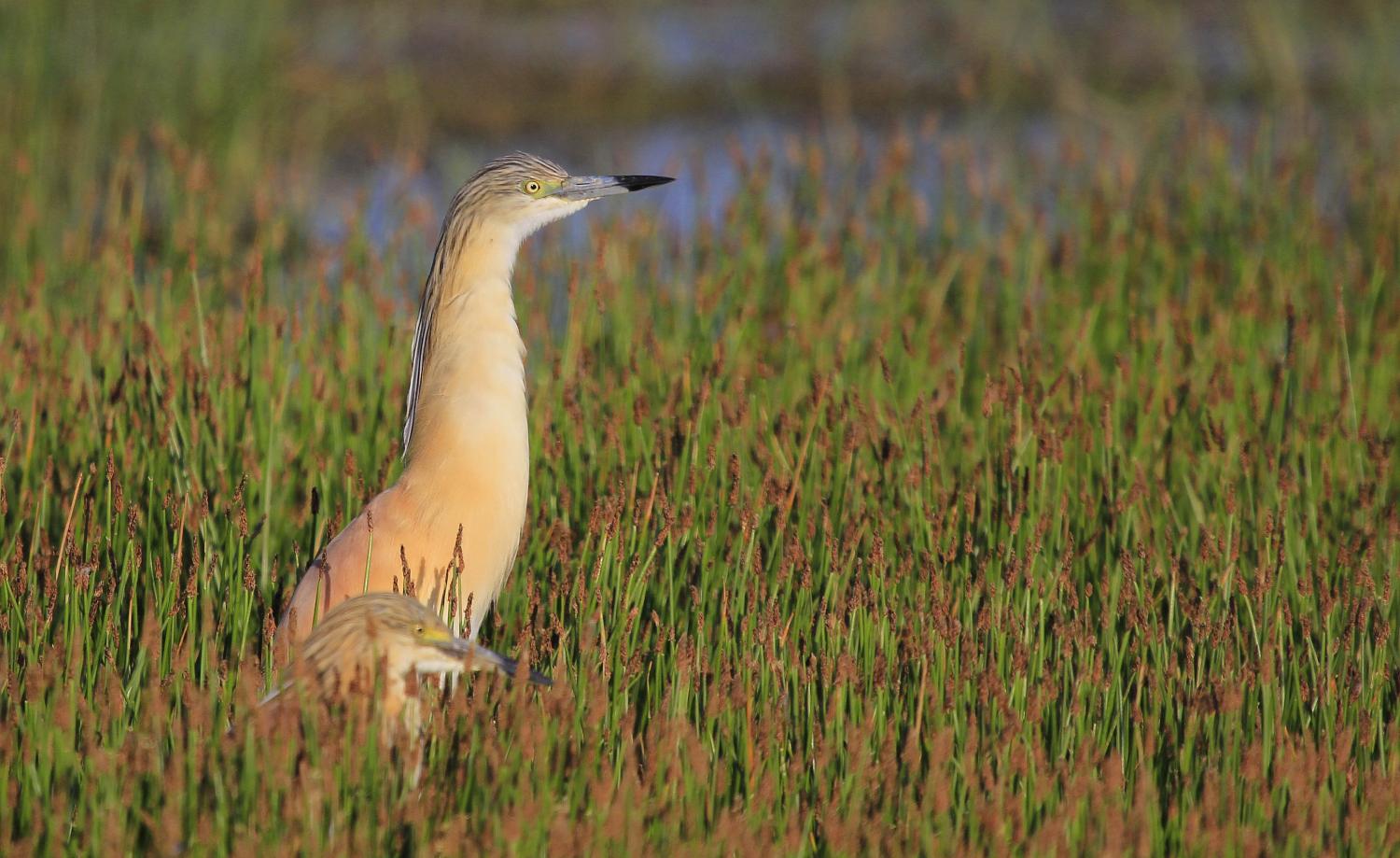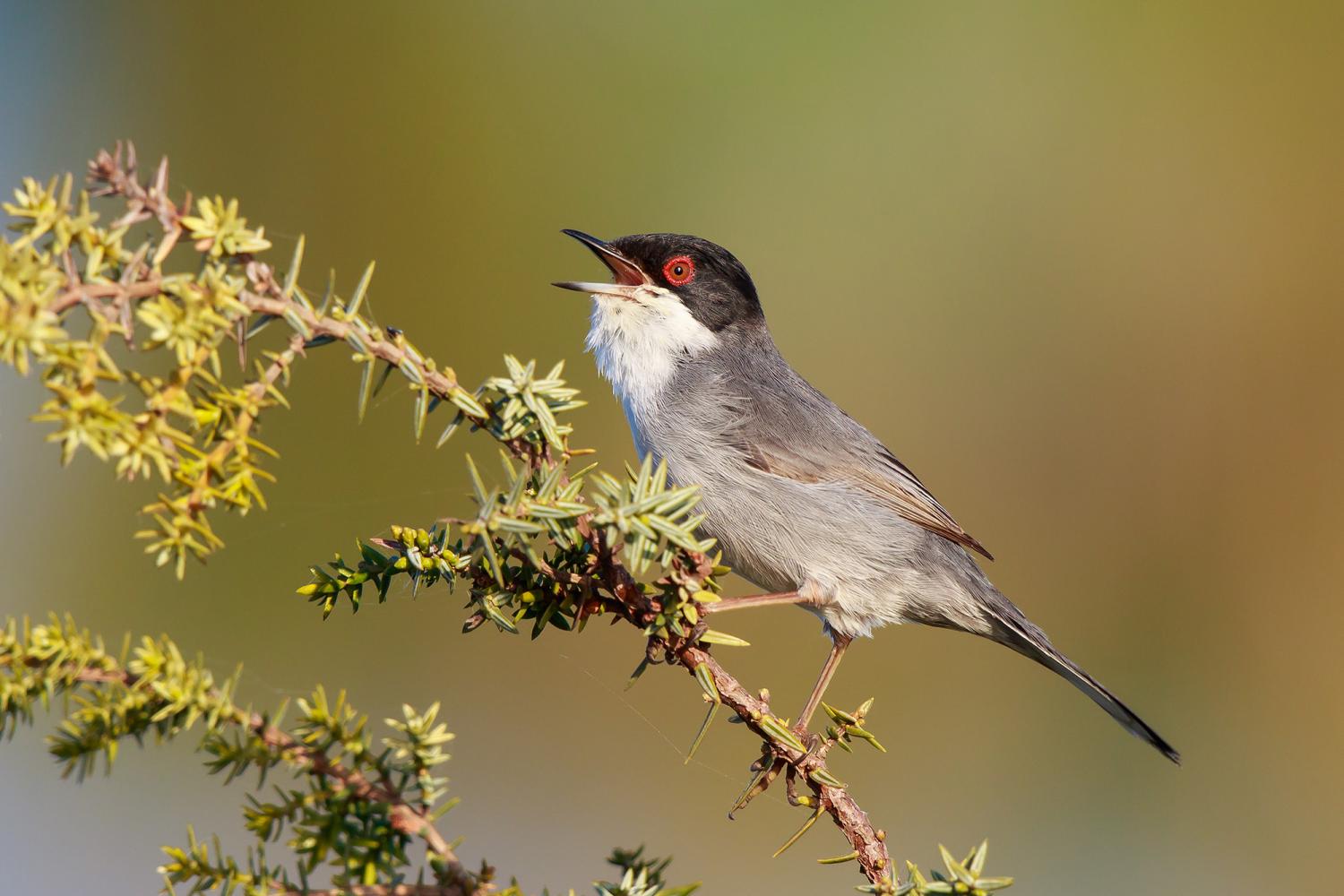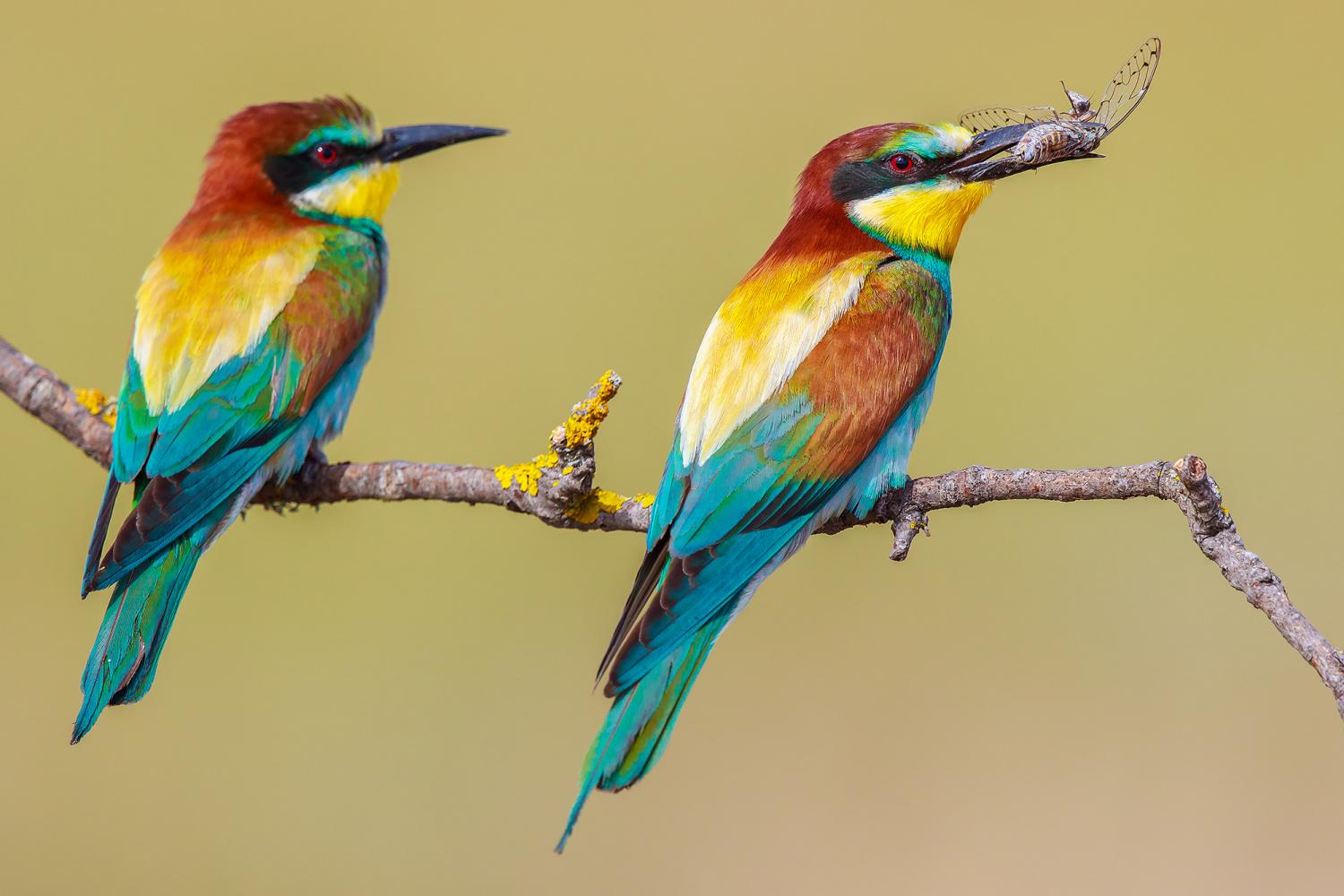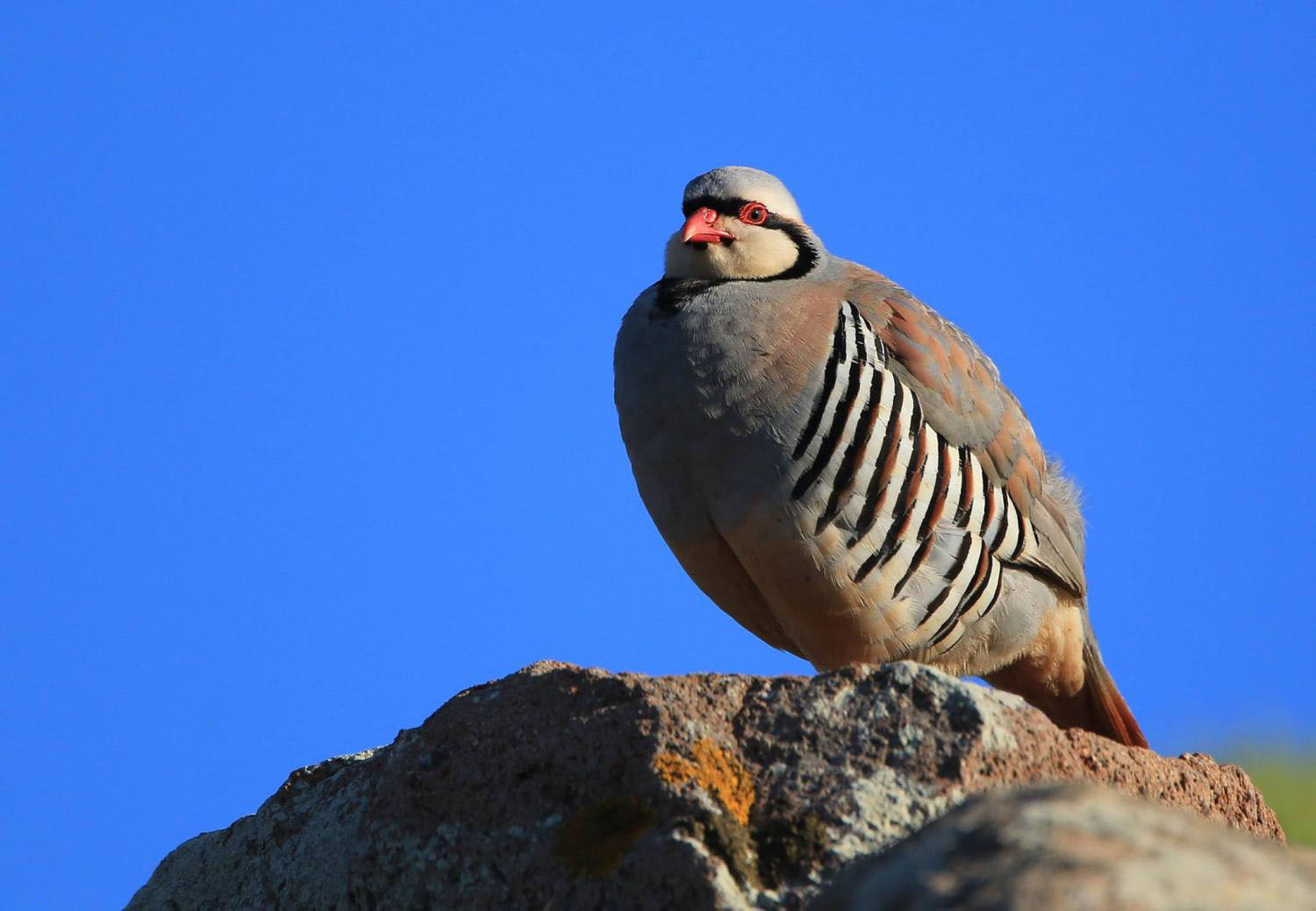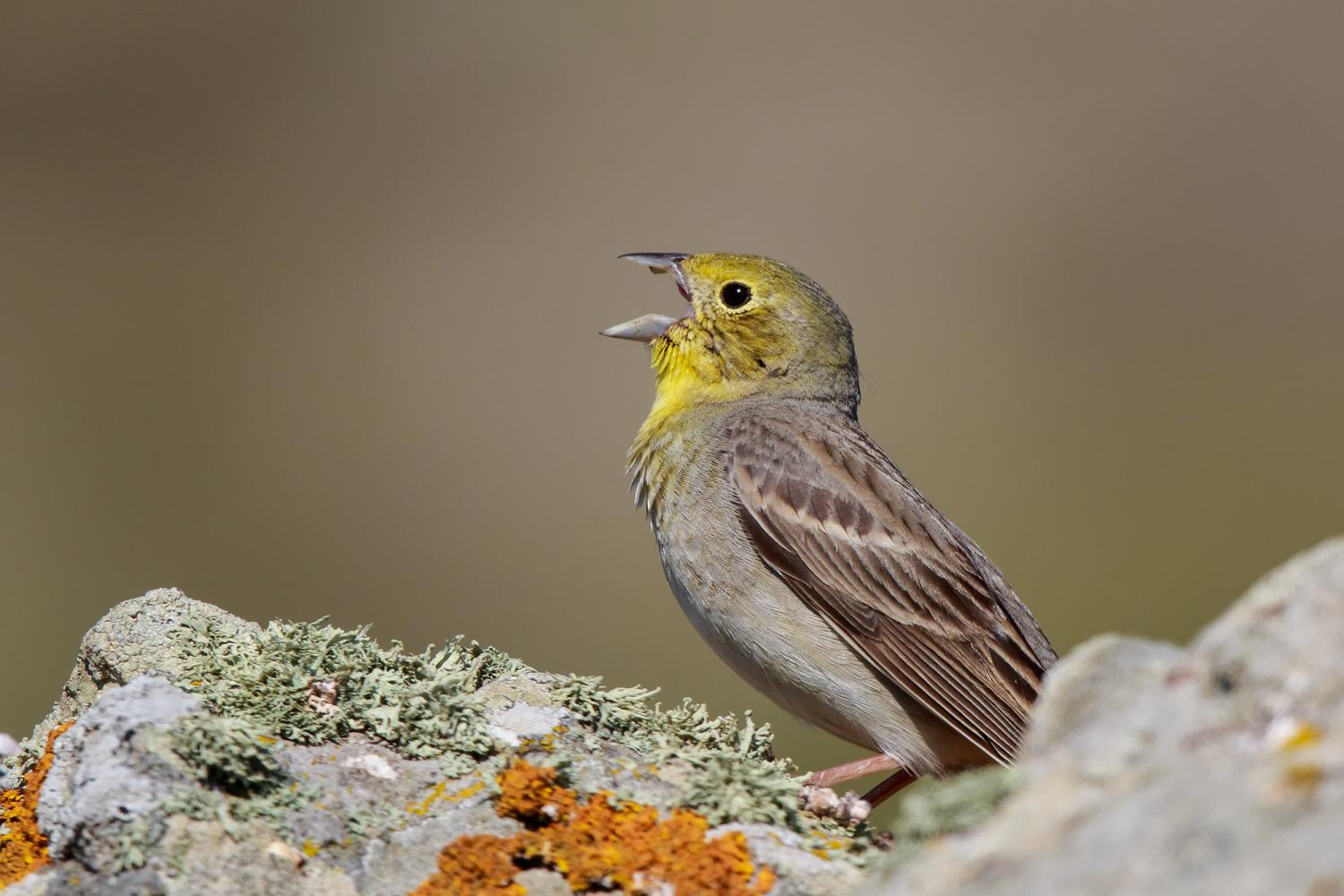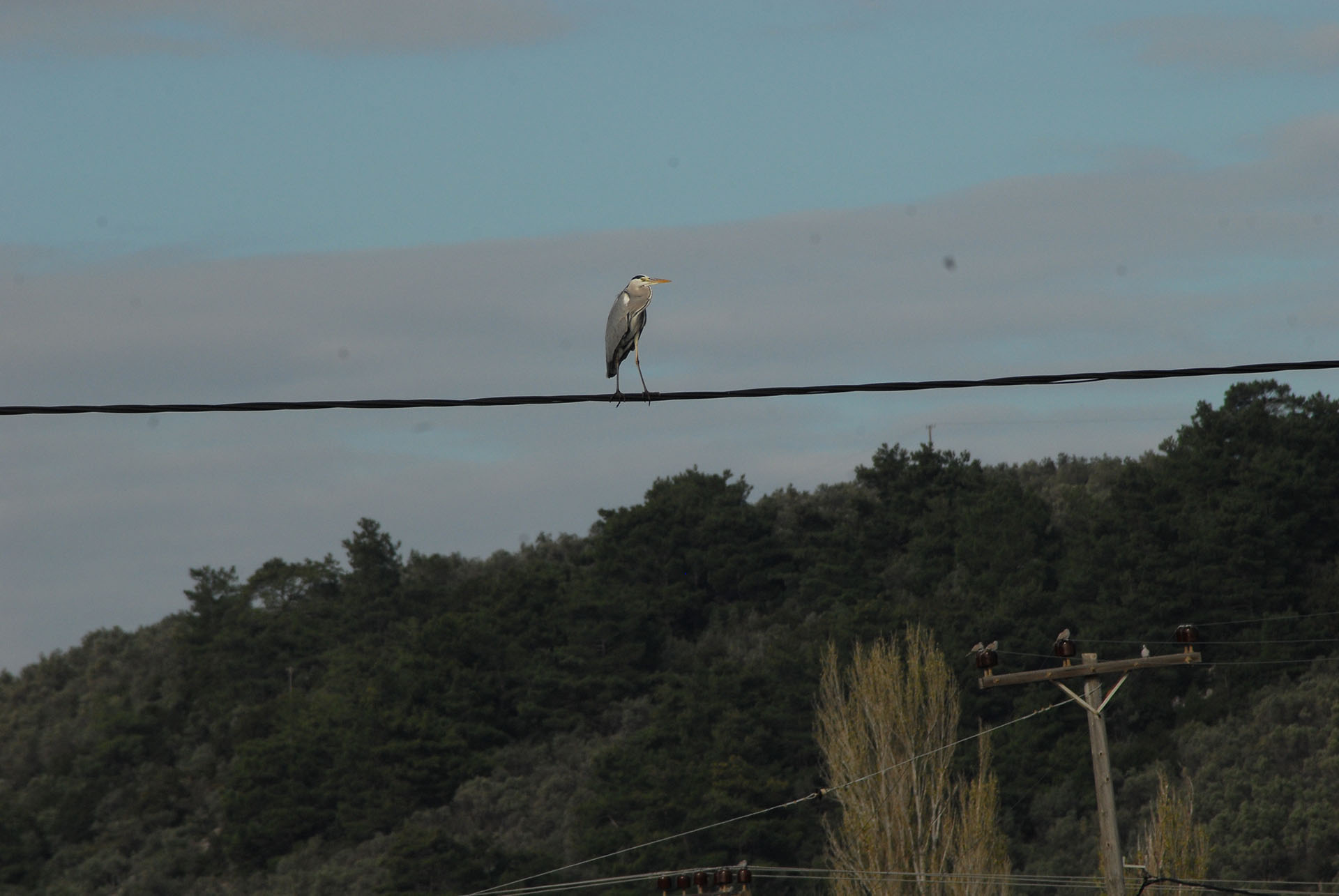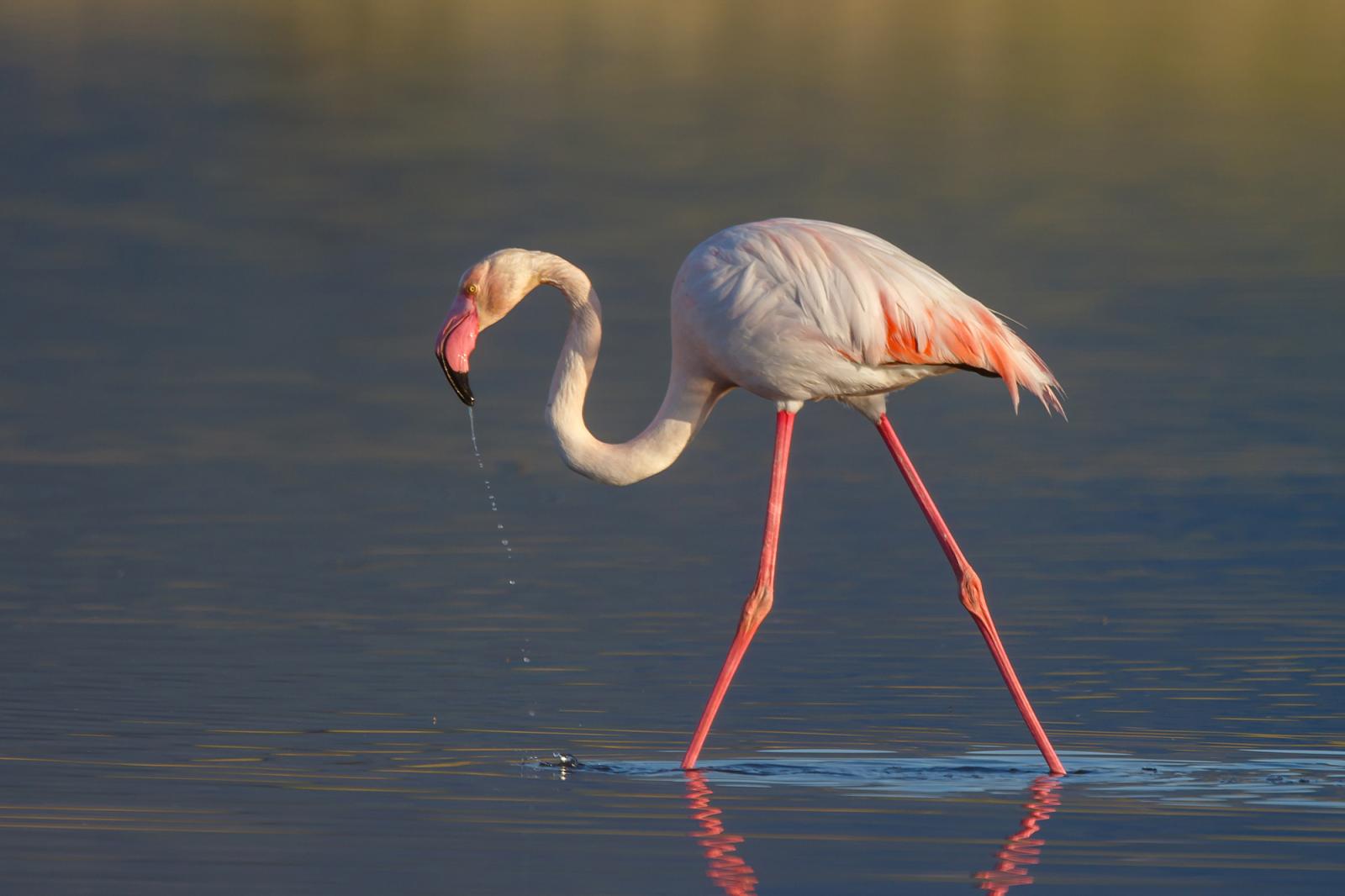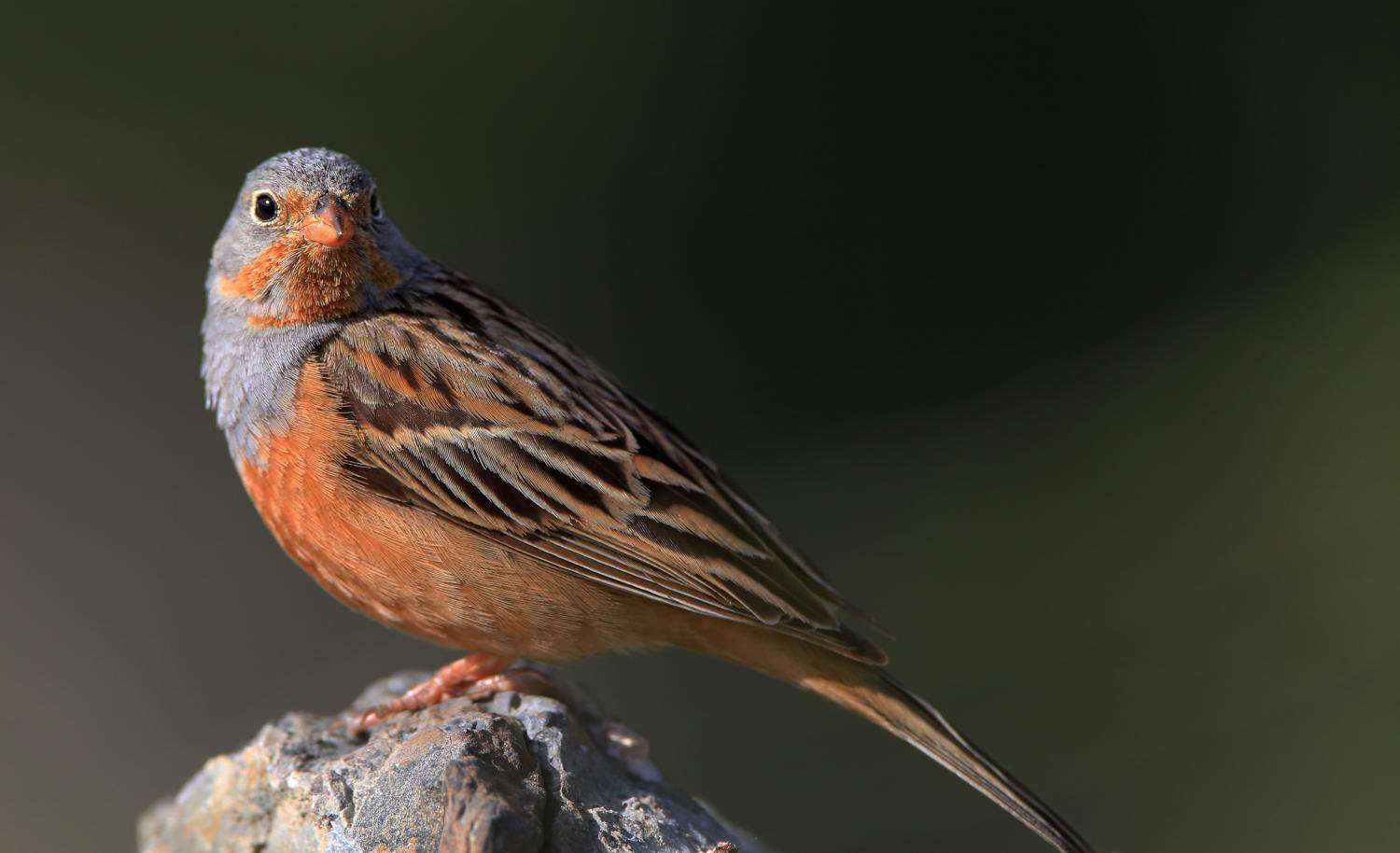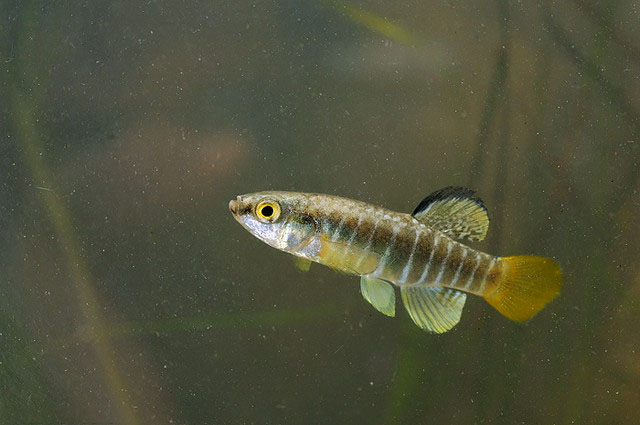The fauna on Lesvos is equally rich and varied as its flora, since this island combines species form the Occident and the Orient along with a great number of endemic bird species. It includes a great number of mammals, reptiles, fish and thousands of invertebrate species. The bird fauna species are immensely numerous, counting more than 320 species.
The Fauna of Lesvos
Δες όλα τα επαγγέλματα
Five species of amphibians live on Lesvos (of a total 25 recorded in Greece). Three of these live and circulate away from water: the European green toad (Bufotes viridis), the common toad (Bufo bufo) and the rare Syrian spacefoot (Pelobates syriacus). There are also two more frog species living in water: the Levant water frog (Pelophylax bedriagae) and the eastern tree frog (Hyla orientalis).
Besides its bird fauna, Lesvos is also regarded an ideal destination for three more flying animal watching: dragonflies, butterflies and wild bees. The dragonflies are found in fresh water wetlands, such as lakes, rivers, torrents, streams, coastline wetlands, etc. since in such wetland environments dragonflies spend the greatest part of their biological life cycle. Only the adult animal can survive far away from the water. The dragonfly species recorded on Lesvos have exceeded 40 and the list keeps getting longer. The major dragonfly species are: Epallage fatime, Lestes macrostigma, Orthretrum taeniolatum and Trithemis annulata.
The variety of butterflies and wild bees on the island is clearly associated with the Lesvian flora. More than 80 butterfly species, and an impressive number of wild bee species may exceed 550. It should be noted that the marine invertebrate noble pen shell (Pinna nobilis) is under threat throughout the Mediterranean Sea basin. Sizeable populations of this seashell are found in the Kalloni and Gera bays, but also in locations away from these gulfs, around the island. However, they have suffered much and their washed-up shells are mostly detected especially in and outside Kalloni Bay.
The island of Lesvos is exceptionally interesting for its great number of reptile species. At least 21 have been recorded out of a total of 76 recorded in Greece.
There are two land tortoise species: the Greek tortoise (Testudo graeca) and the marginated tortoise (Testudo marginata). This latter tortoise was imported into the island and is seen only in very low numbers and isolated spots. There are two water turtle species in Lesvos: the Balkan pond turtle (Mauremys rivulata) and the European pond turtle (Emys orbicularis). Both live in fresh water wetlands, such as lakes, marshes, ponds, canals, lake, reservoirs, etc.
There are twelve snake species living in Lesvos, of which only one is venomous: the Ottoman viper (Vipera xanthina) which is common in the east Aegean islands and Eastern Thrace in Greece. There are also other snake species on the island, such as javelin sand snake (Eryx jaculus), the Caspian whipsnake (Dolichophis caspius or “lafiatis” in the local dialect), the ring-headed dwarf snake (Eirenis modestus), the European cat snake (Telescopus fallax), the slender whipsnake (Platyceps najadum), the eastern Montpellier snake (Malpolon insignitus) and the European blind snake (Xerotyphlops vermicularis).
Of the eight lizard species, the starred agama (Agama stelio) is very important. Other lizard species include: The European legless lizard (Pseudopus apodus), the star lizard (Stellagama stellio), the European copper shink (Ablepharus kitaibelii), the Mediterranean house gecko (Hemidactylus turcicus), Kotschy’s gecko (Mediodactylus kotschyi). In recent years a few small populations of the common wall gecko (Tarentola mauritanica) have been recorded, a gecko subspecies originating from Africa.
Of all mammals living on the island, a special species of squirrel stands out, the so-called Caucasian (Persian) squirrel (or “galiás”, in the Lesvian dialect, Sciurus anomalus) which originates from the Asian shores and may not be seen anywhere else in Europe. Other mammals on Lesvos is the fox (Vulpes vulpres), the stone marten (Martes foina), the least weasel (Μustela nivalis), the porcupine (Erinaceus concolor), the cape hare (Lepus capensis), the European rabbit (Oryctolagus cuniculus), while some wetlands accommodate European otters.
Many bat species have also been recorded over the years. The lesser mouse-eared bat of Lesvos is a special endemic subspecies (Myotis blythi subsp lesbiacus) and stands out along with extremely endangered species such as the greater horseshoe bat (Rhinolophus ferrumequinum), the lesser mouse horseshoe bat (Rhinolophus hipposideros), the Mediterranean horseshoe bat (Rhinolophus euryale), Mehely’s horseshoe bat (Rhinolophus mehelyi), Blasius’ bat (Rhinolophus blasii) and the greater mouse-eared bat (Myotis myotis).
The seas contain a limited population of the most endangered species of Europe, namely, the Mediterranean seal (Monachus monachus) as well as three dolphin species: the common bottlenose dolphin (Tursiops truncatus), the common dolphin (Delphinus delphis) and the striped dolphin (Stenella caeruleoalba).
Lesvos is one of the top destinations for bird watchers in Europe. This is due to the island’s location, right in the crossroads of multiple migratory bird routes in the Eastern Mediterranean, its proximity to Asia Minor, the multitude of wetlands, large and small, on Lesvos and the variety of ecosystems and habitats. Approximately 320 bird species have been recorded on the island, passing, migratory or permanently nesting on the island. Three Asiatic species are at the top of the list: Krüper’s nuthatch (Sitta krueperi) detected in only two other habitats besides Lesvos (in Turkey and Georgia), the cinereous bunting (Emberiza cineracea), and the pied kingfisher (Ceryle rudis). Additionally, the bird fauna of Lesvos includes: the black stork (Ciconia nigra), pink flamingoes, all kinds of herons (“tsikniades”) the black-winged stilt (Himantopus himantopus), the glossy ibis (Plegadis falcinellus), the pied avocet (Recurvirostra avocetta), the common redshank (Tringa totanus) and many others. The rocky islets of Lesvos are the nesting and breeding grounds for Audouin gulls (Larus auduini), a species under extreme danger of extinction worldwide, protected by special regulations for the safeguarding of its colonies.
Bird watchers arrive at the island in the spring and in lesser numbers in the fall in order to catch the migratory seasons between Europe and Africa. Their main objective is to photograph and locate with their spotting scopes and binoculars as many bird species as they can.
The fish fauna in the open sea, the rivers and the streams of Lesvos exhibits immense interest too. Two of these fish are threatened with extinction: the Lesbian Brianna (Barbus pergamonensis) and the Lesbian stone loach (Oxynoemacheilus theophilii). Other vulnerable species include the Marmara chub (Squalius cii) and the Smyrna chub (Petroleuciscus smyrnaeus). The Lesbian stone loach may be located on this island and nowhere else, while all other fish species may be found in Asia Minor rivers, besides Lesvos. However, due to its isolation the Lesvian populations seem to have evolved into a different subspecies from the Asiatic ones. Furthermore, on the wetlands, the salt evaporation basins and the lagoons Mediterranean killfish (Aphanius Fasciatus) may be found, an endemic species in the Mediterranean.


